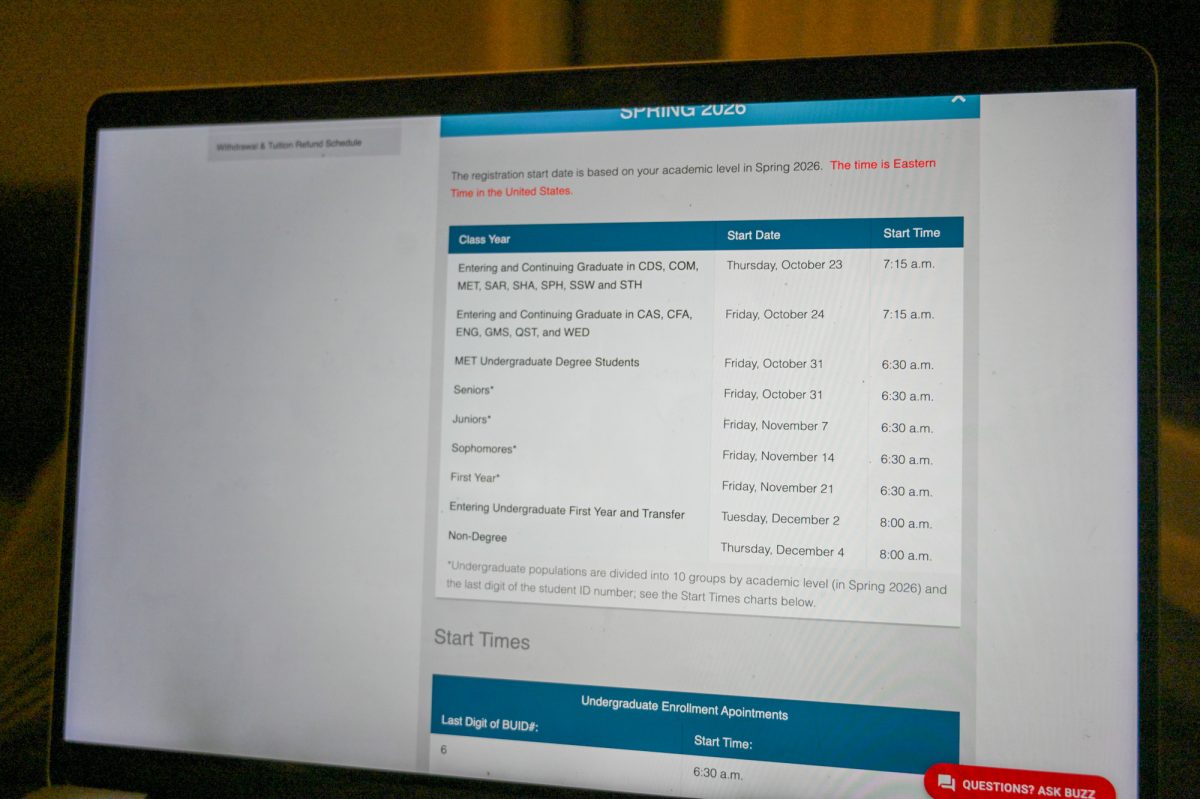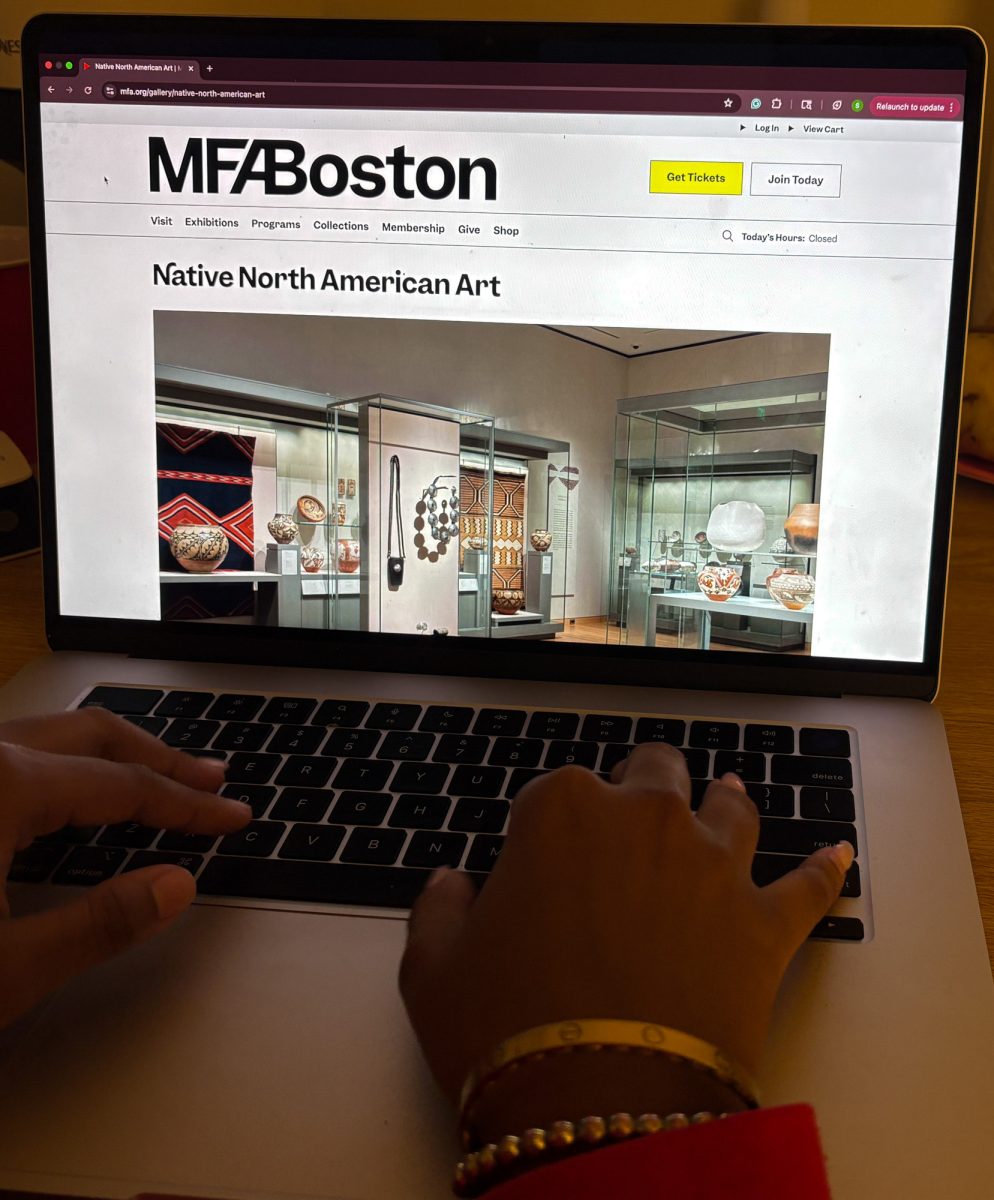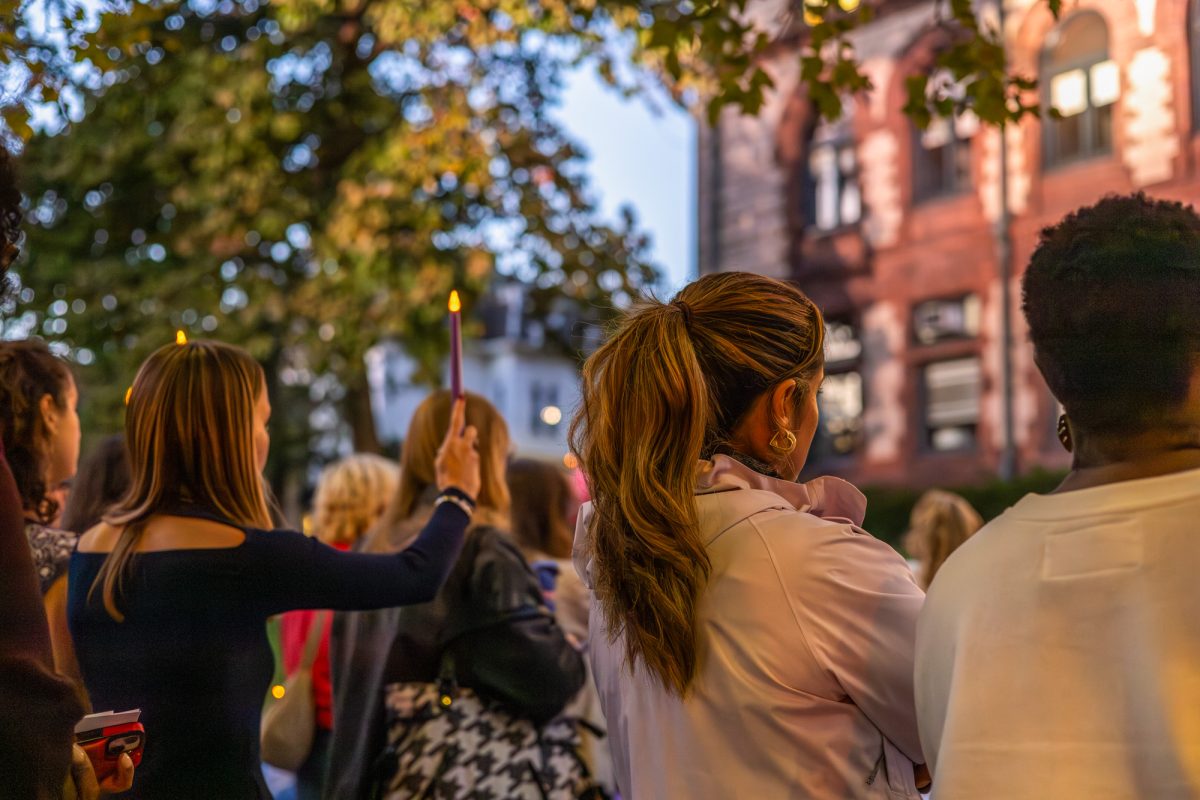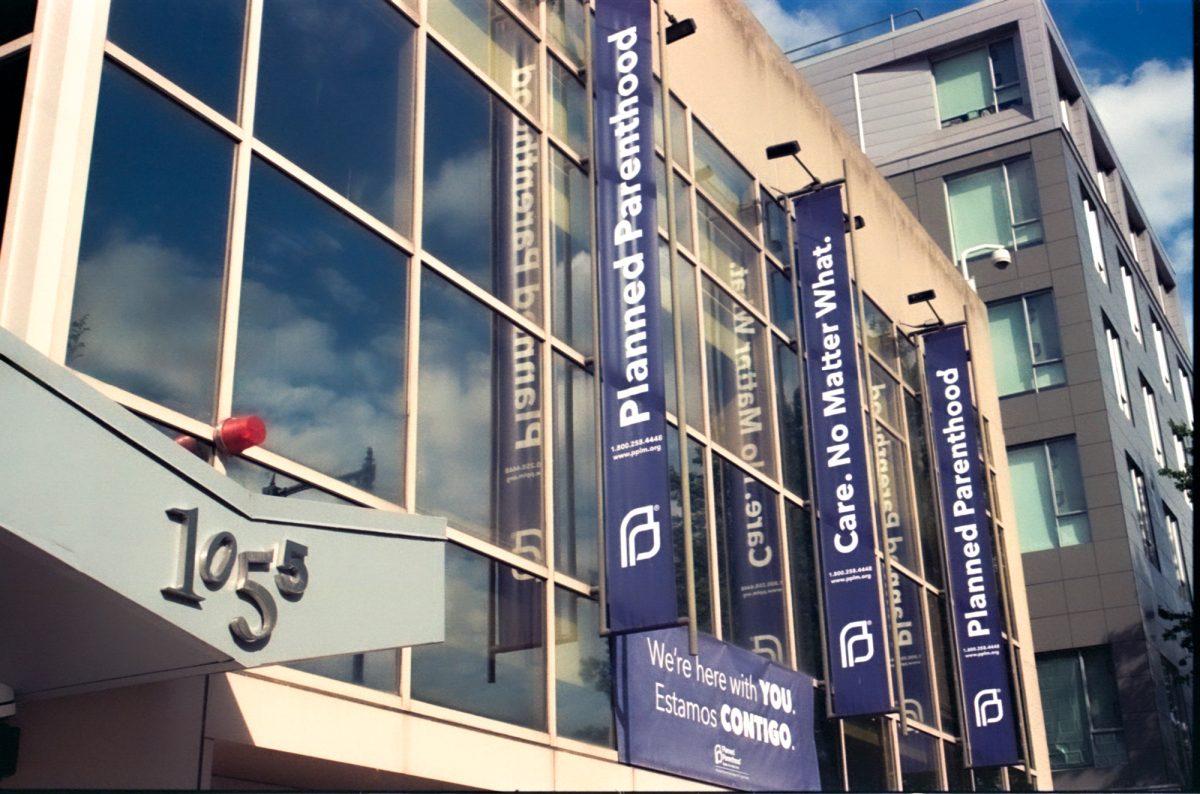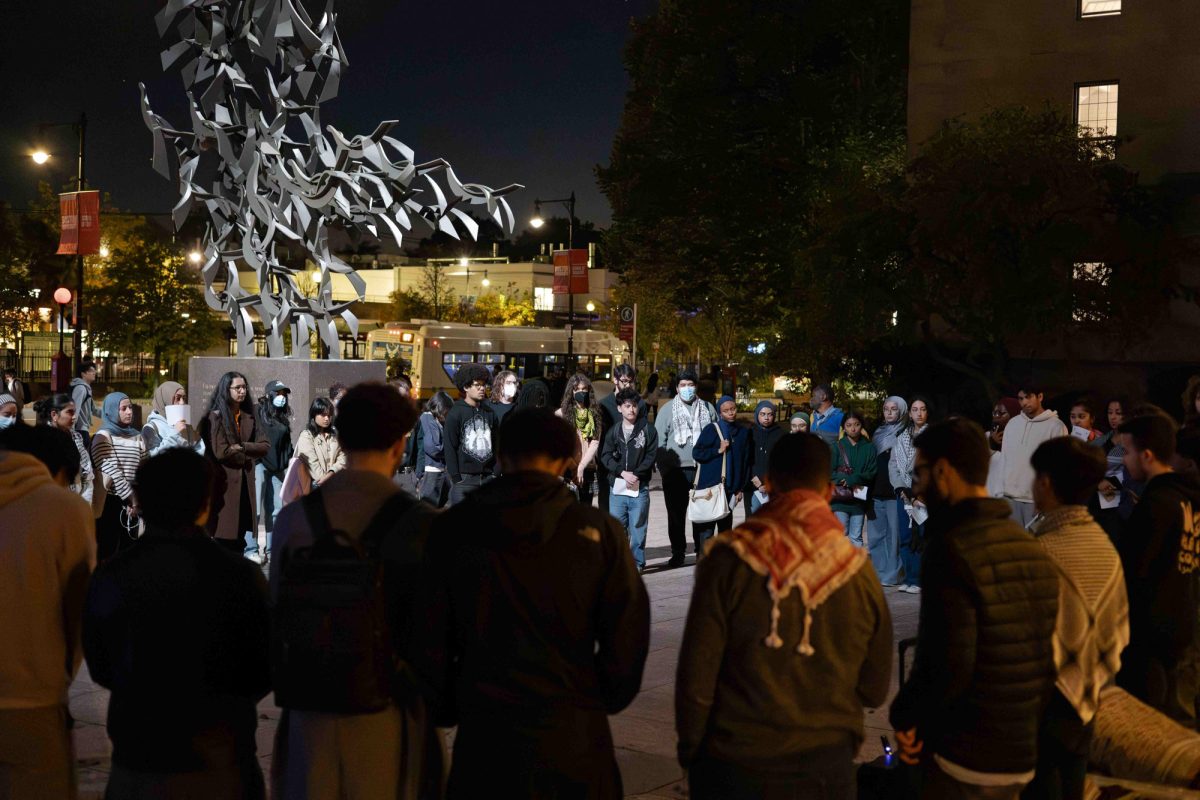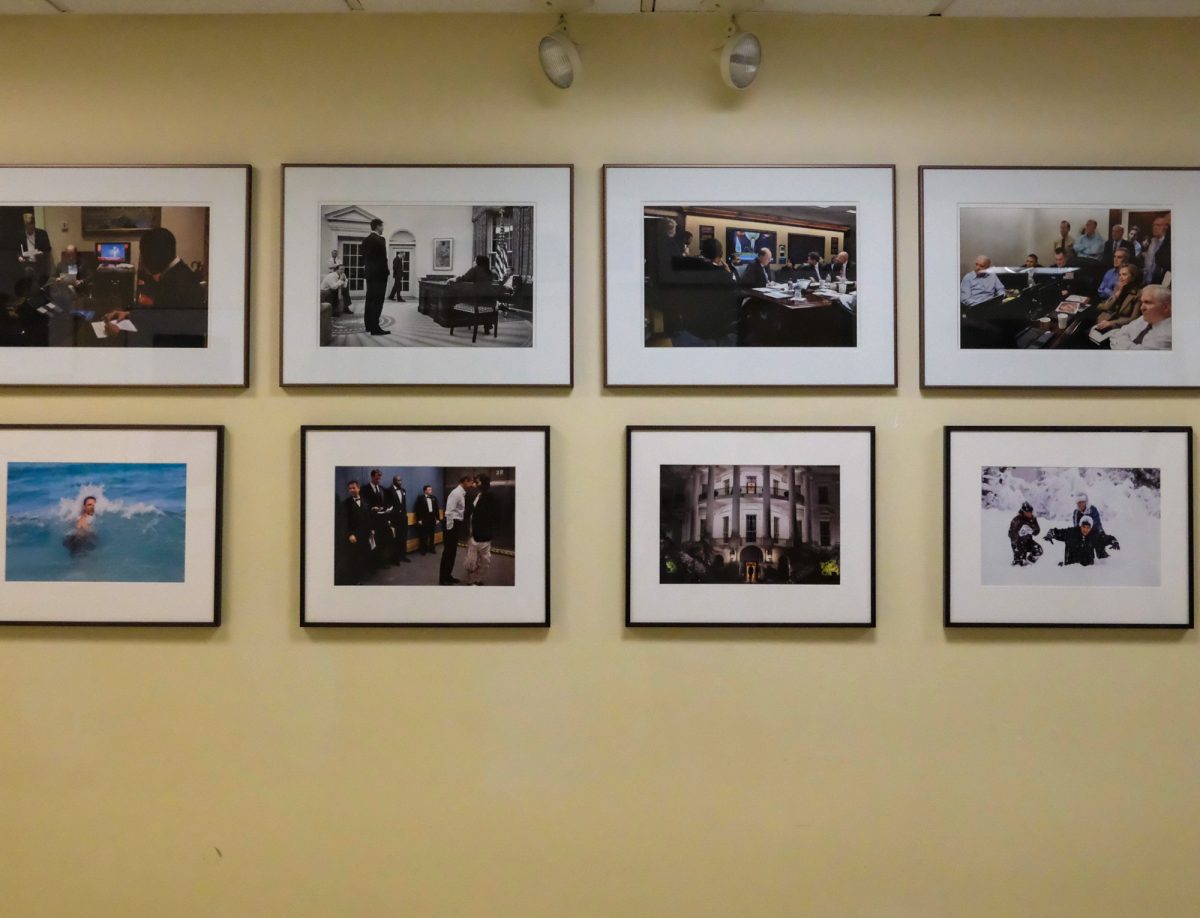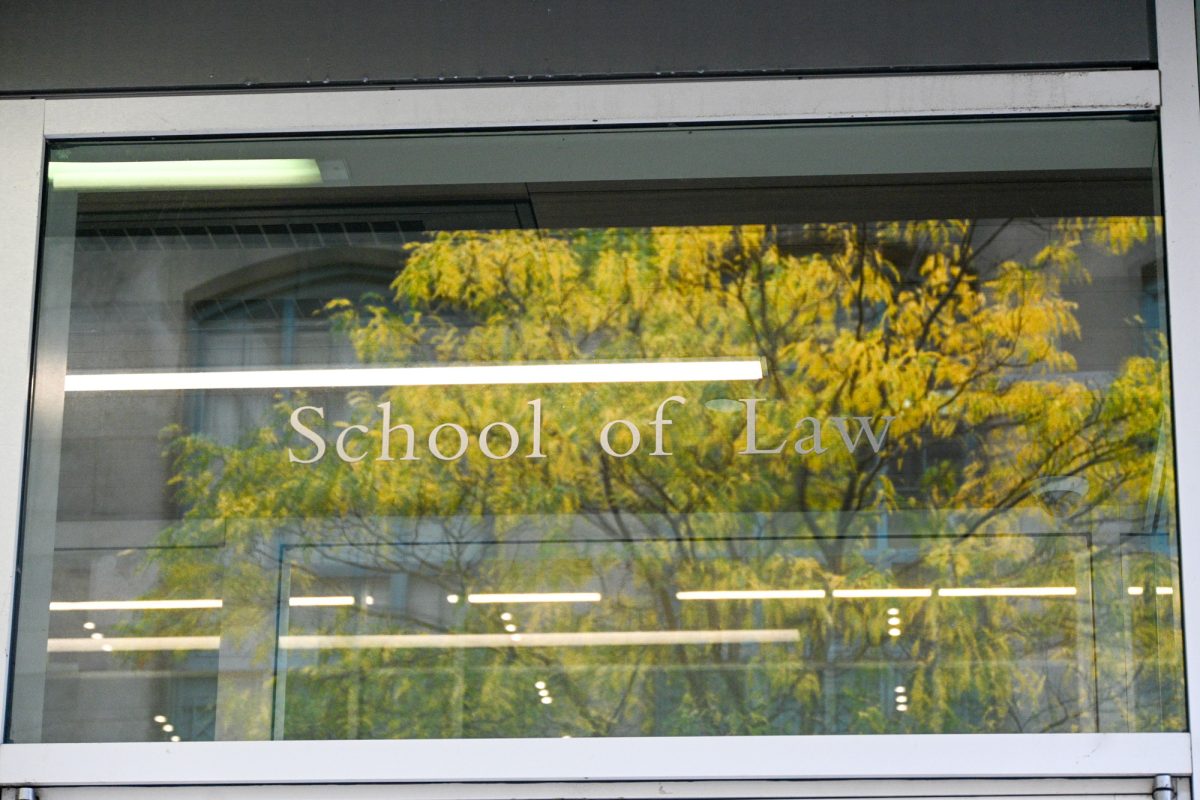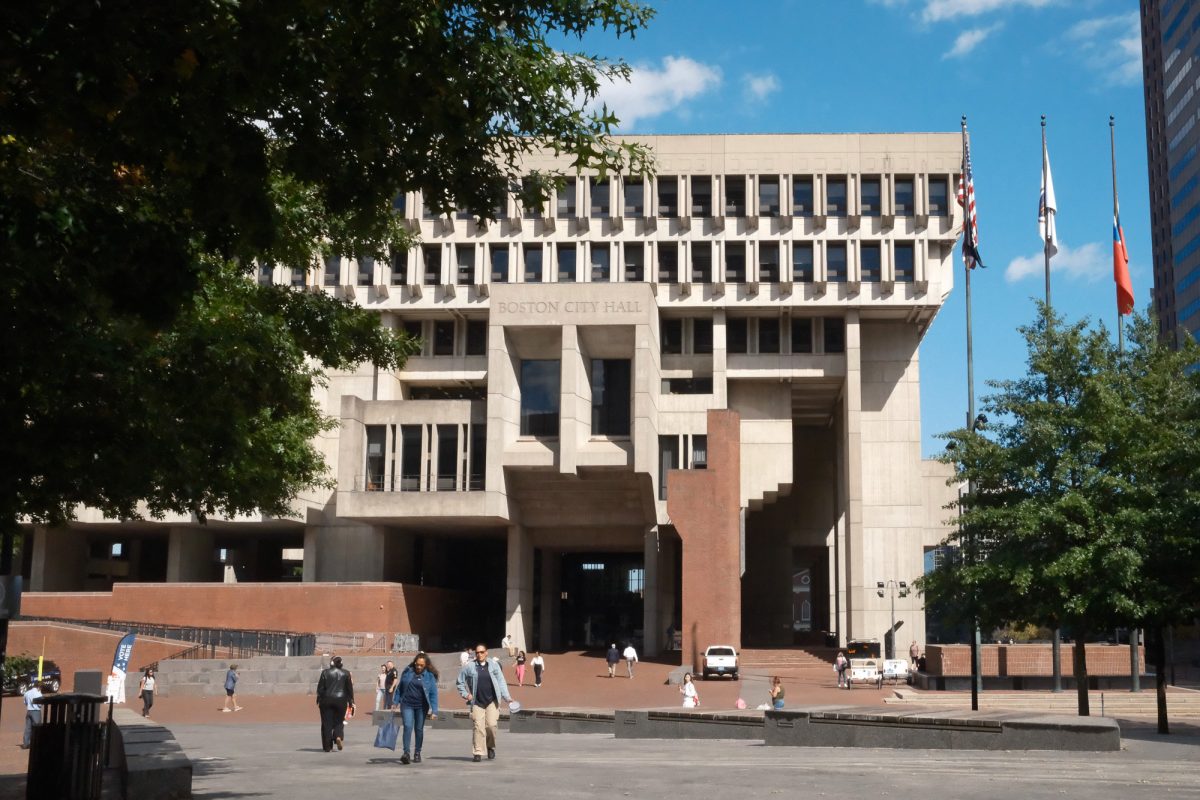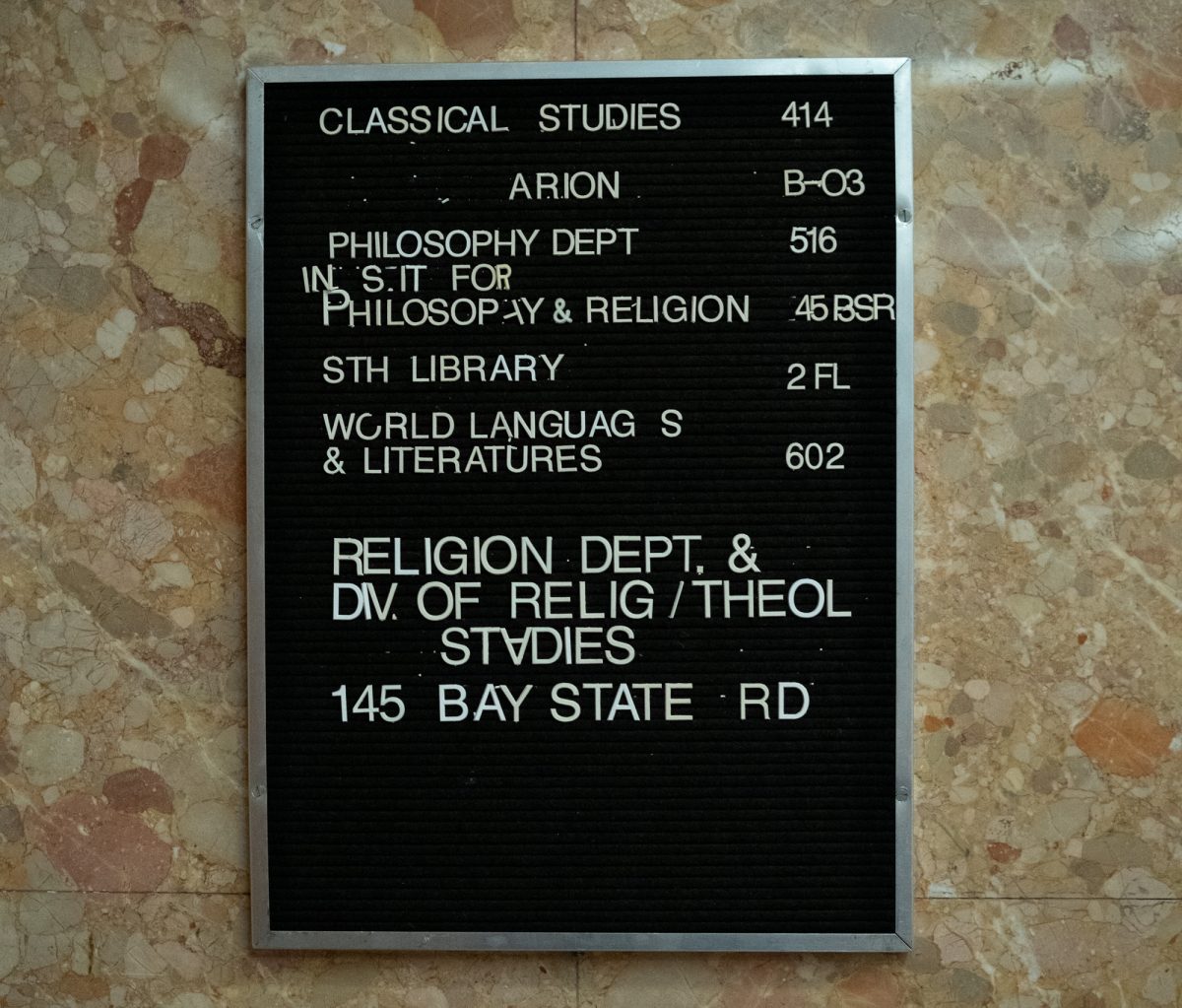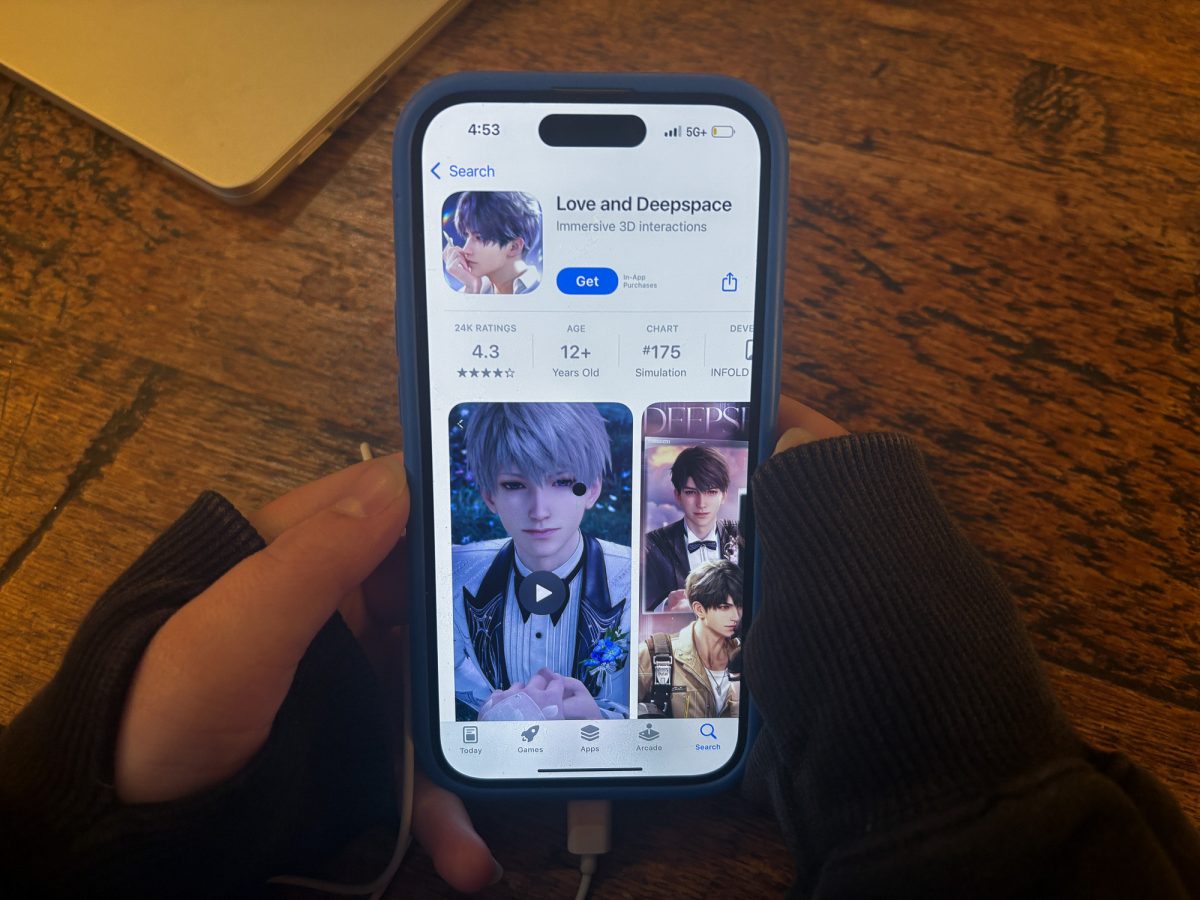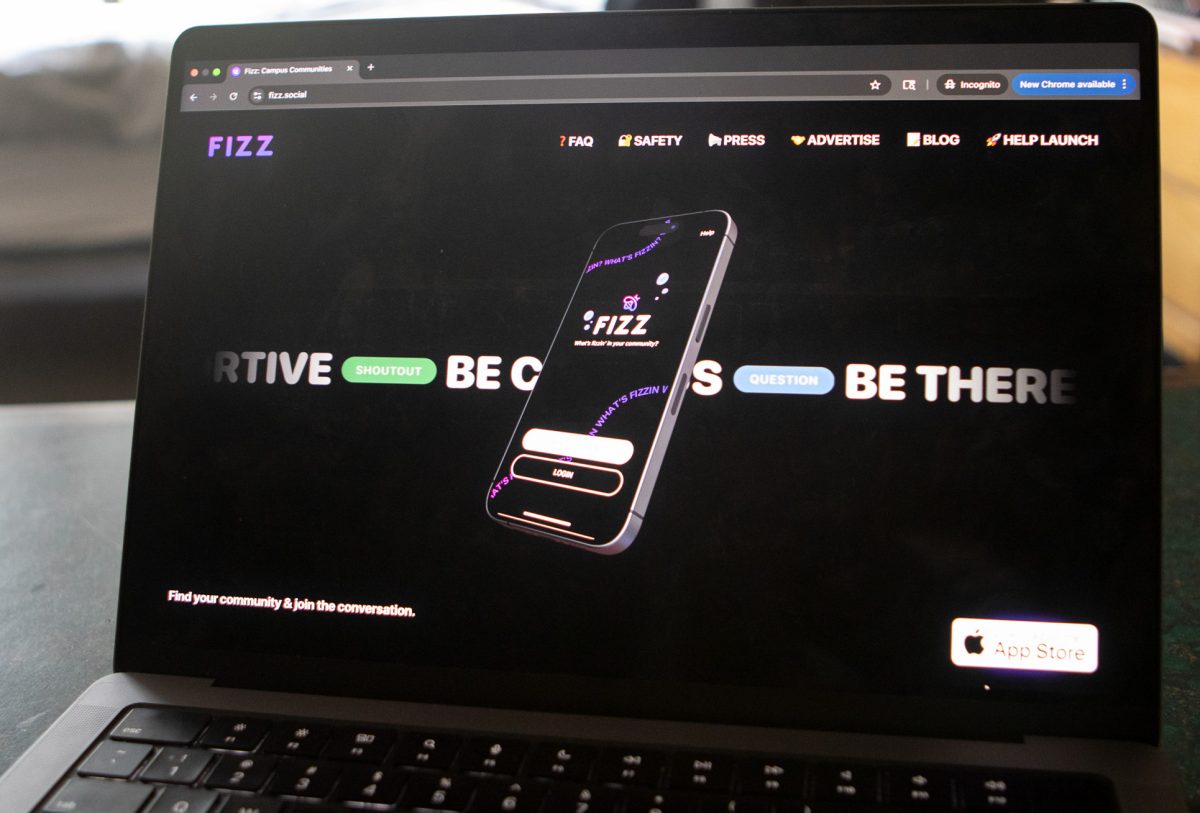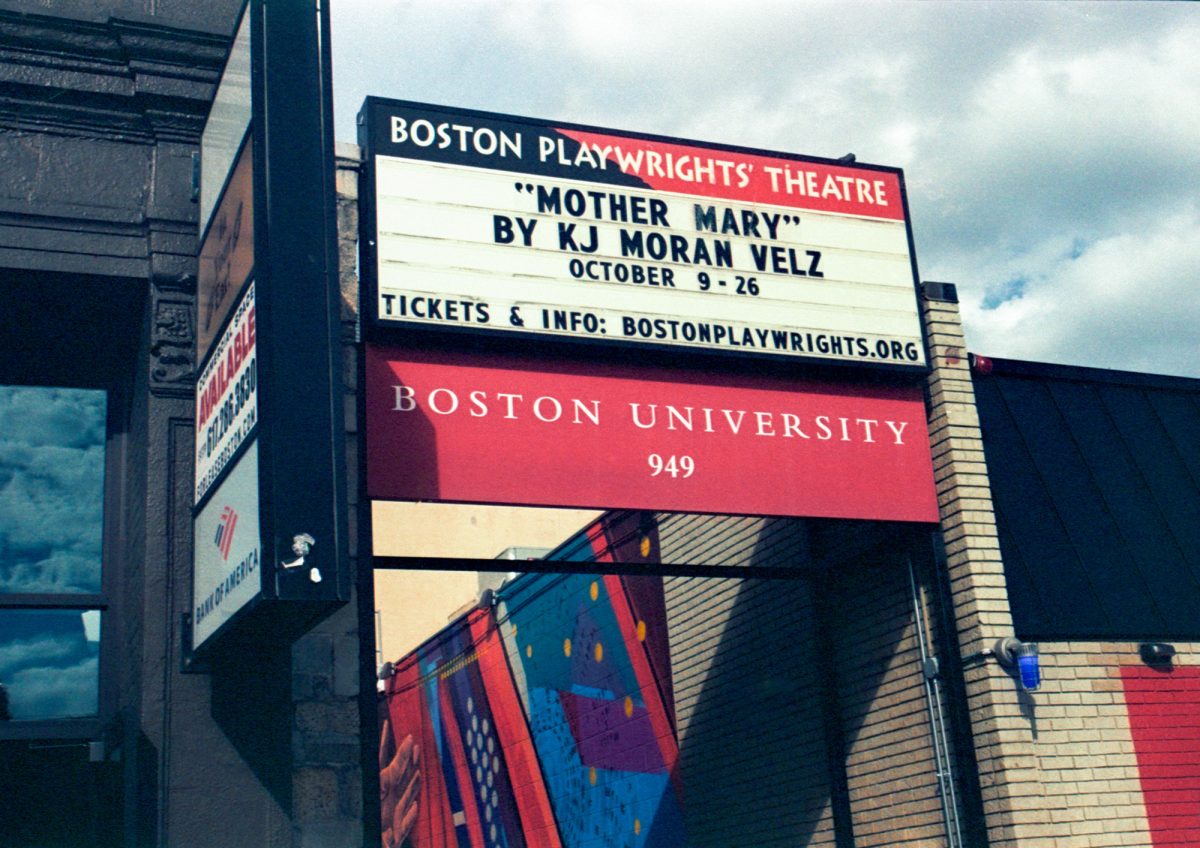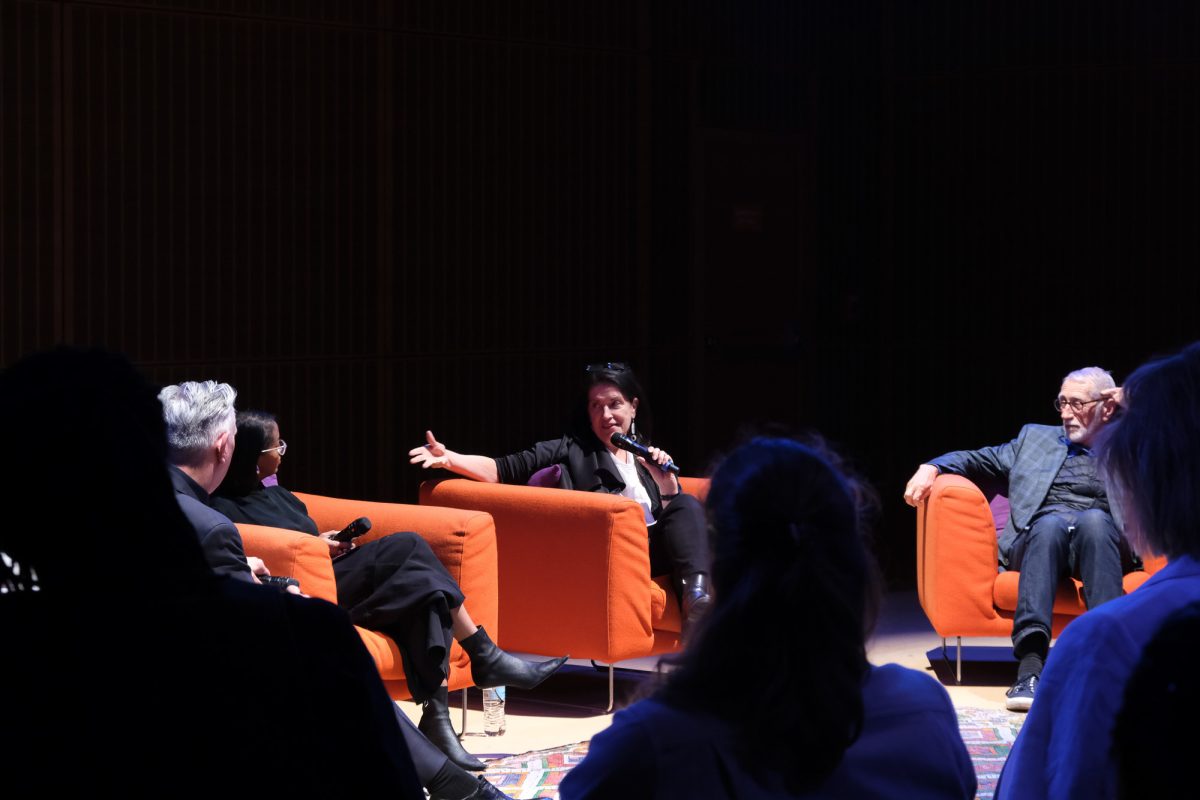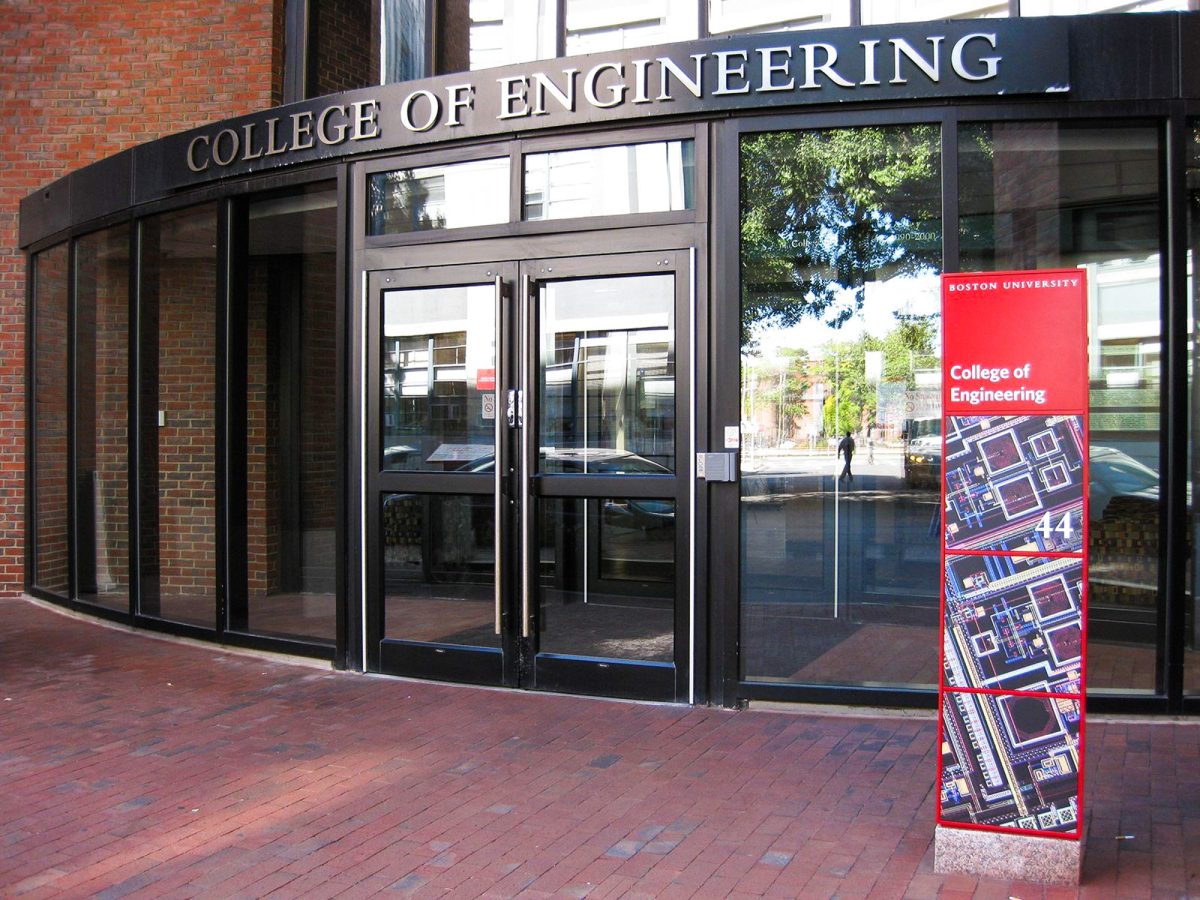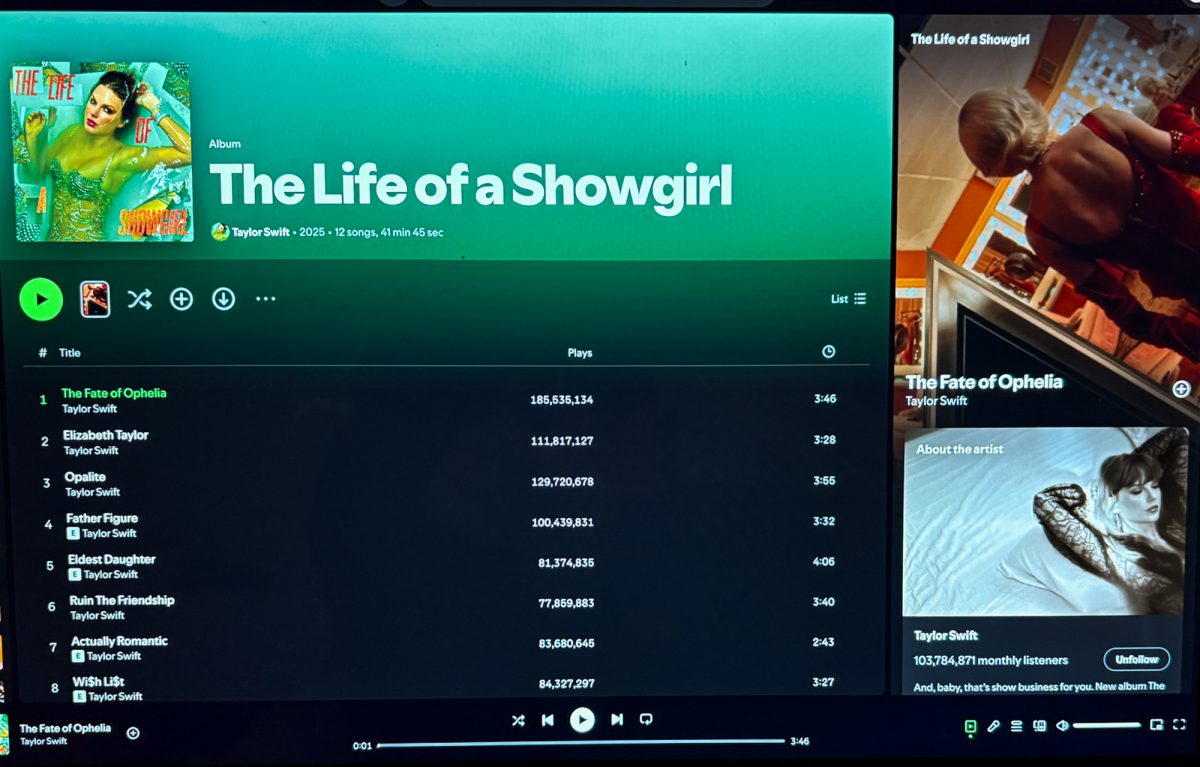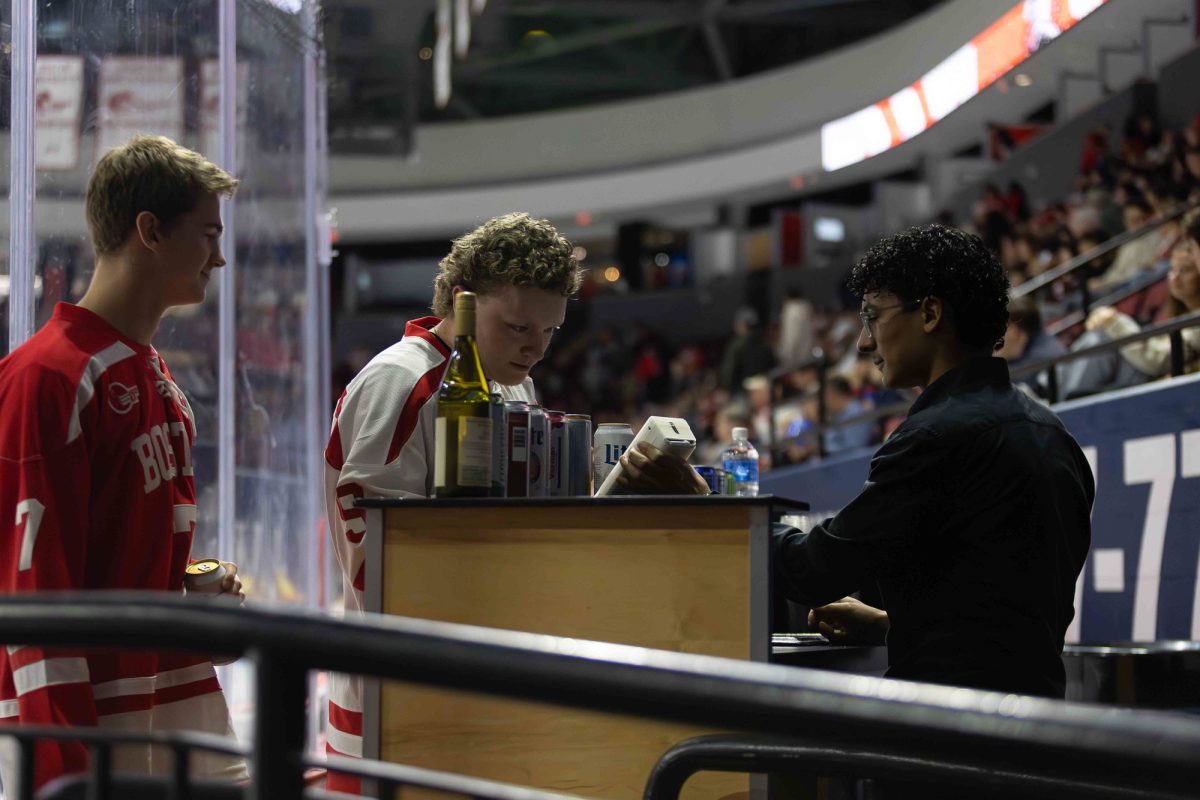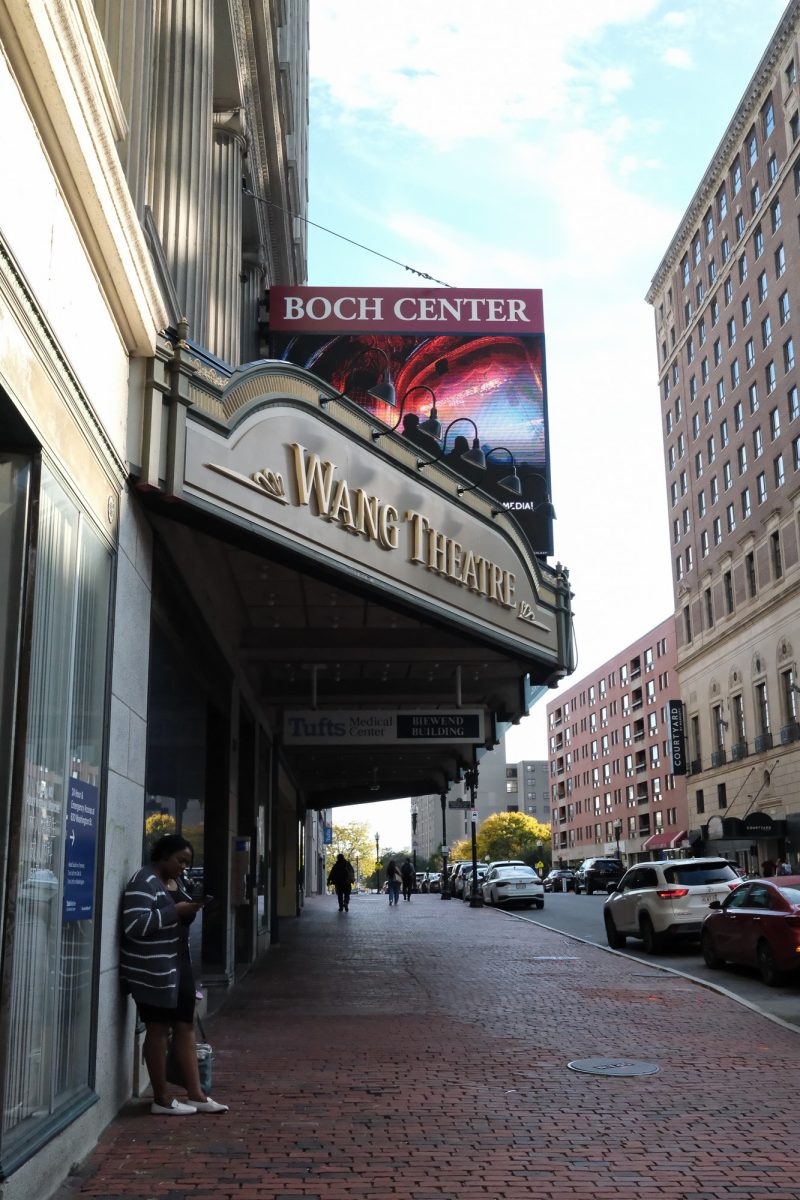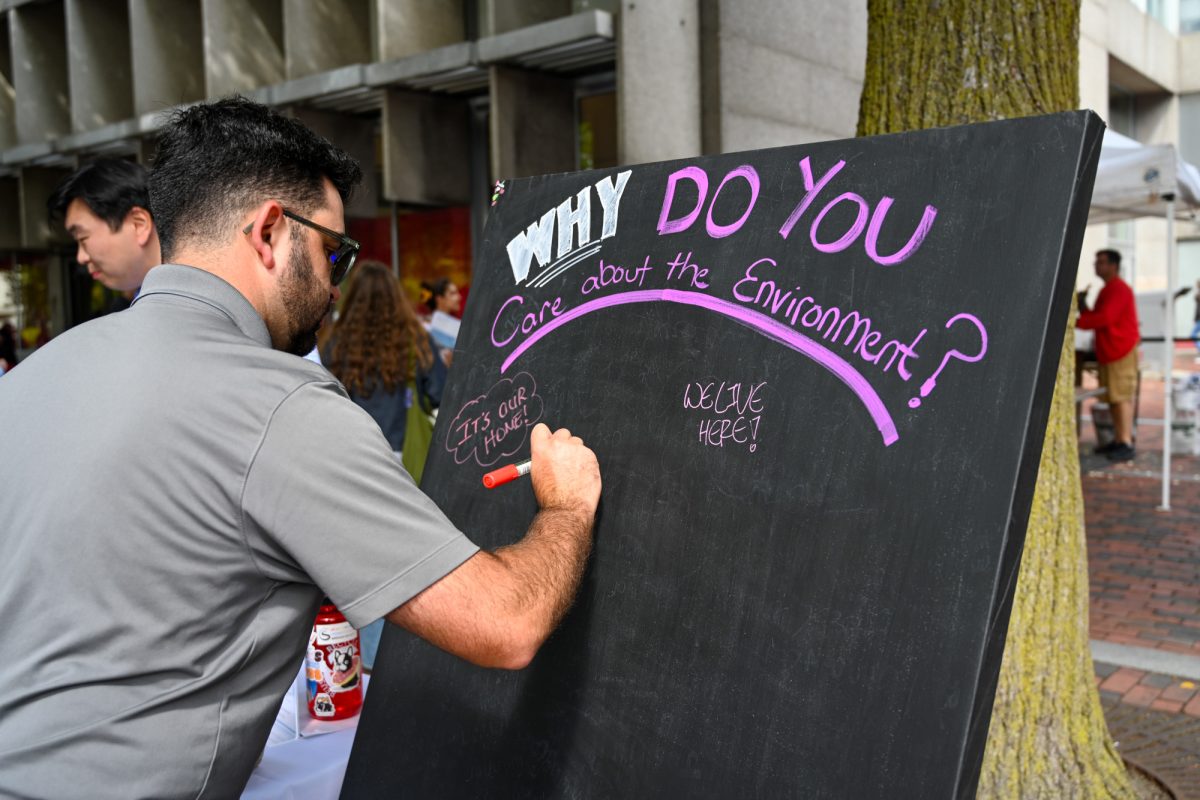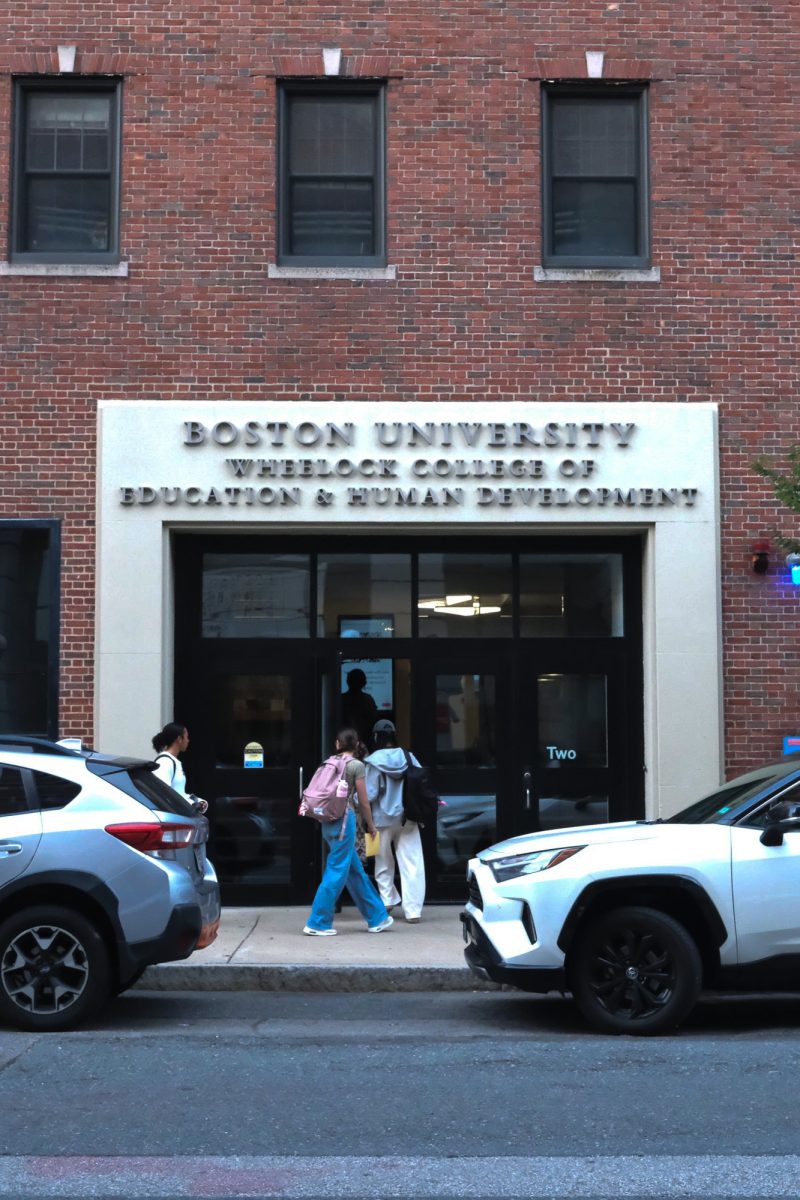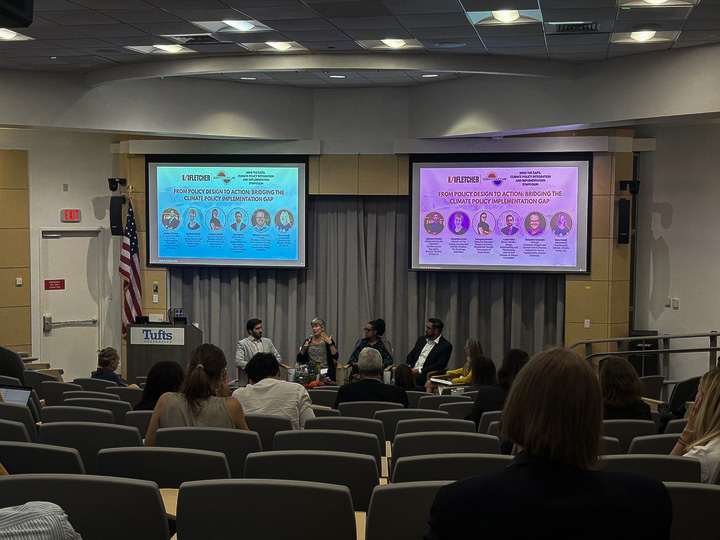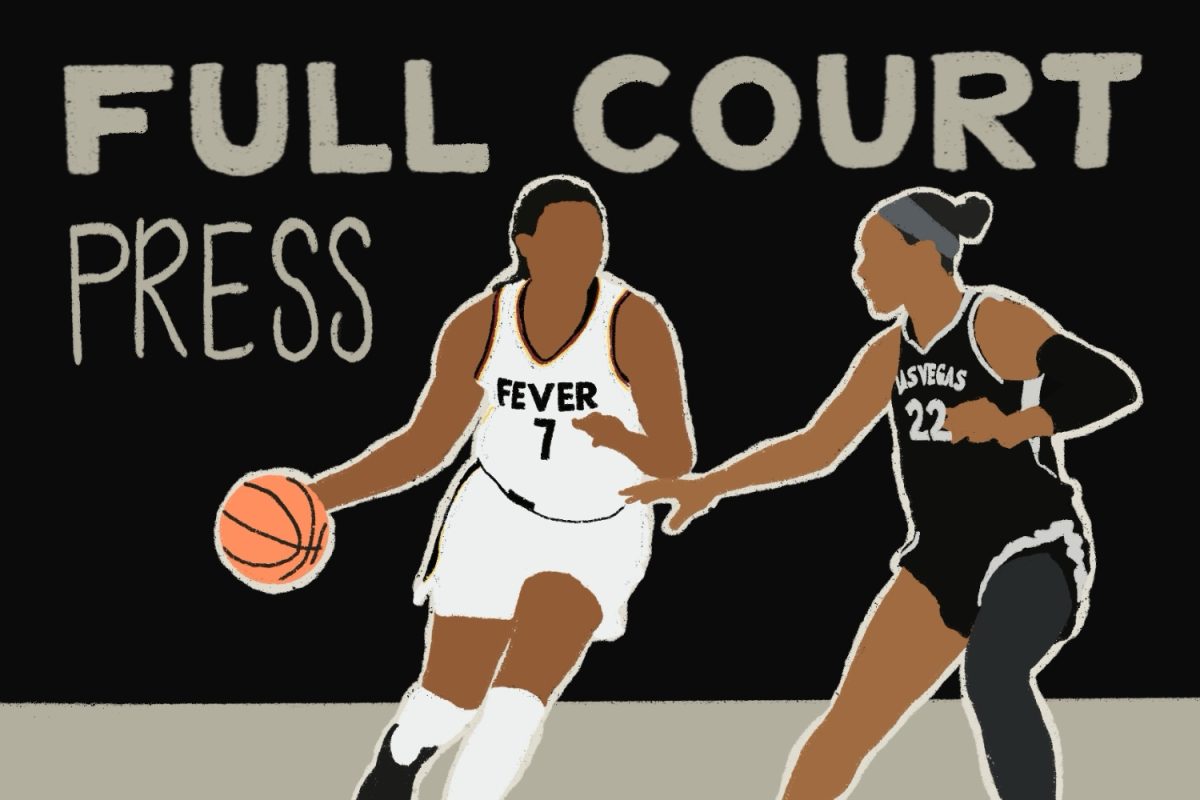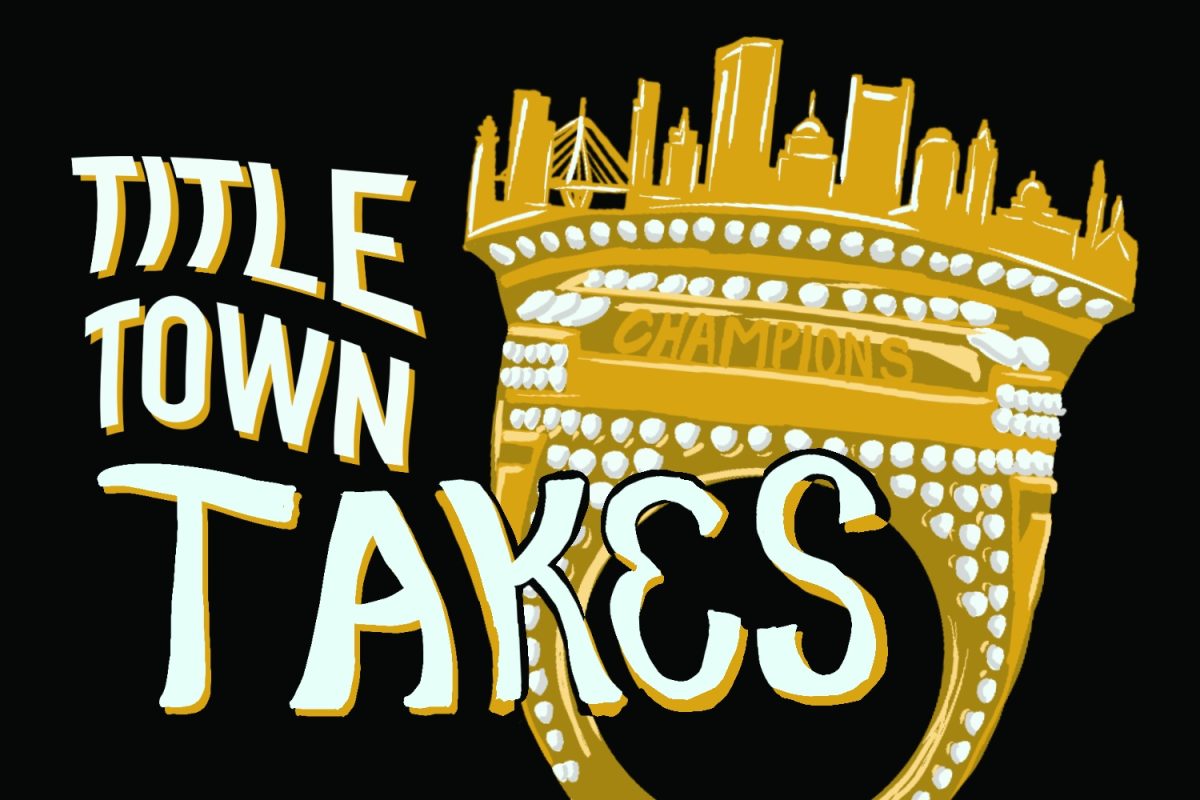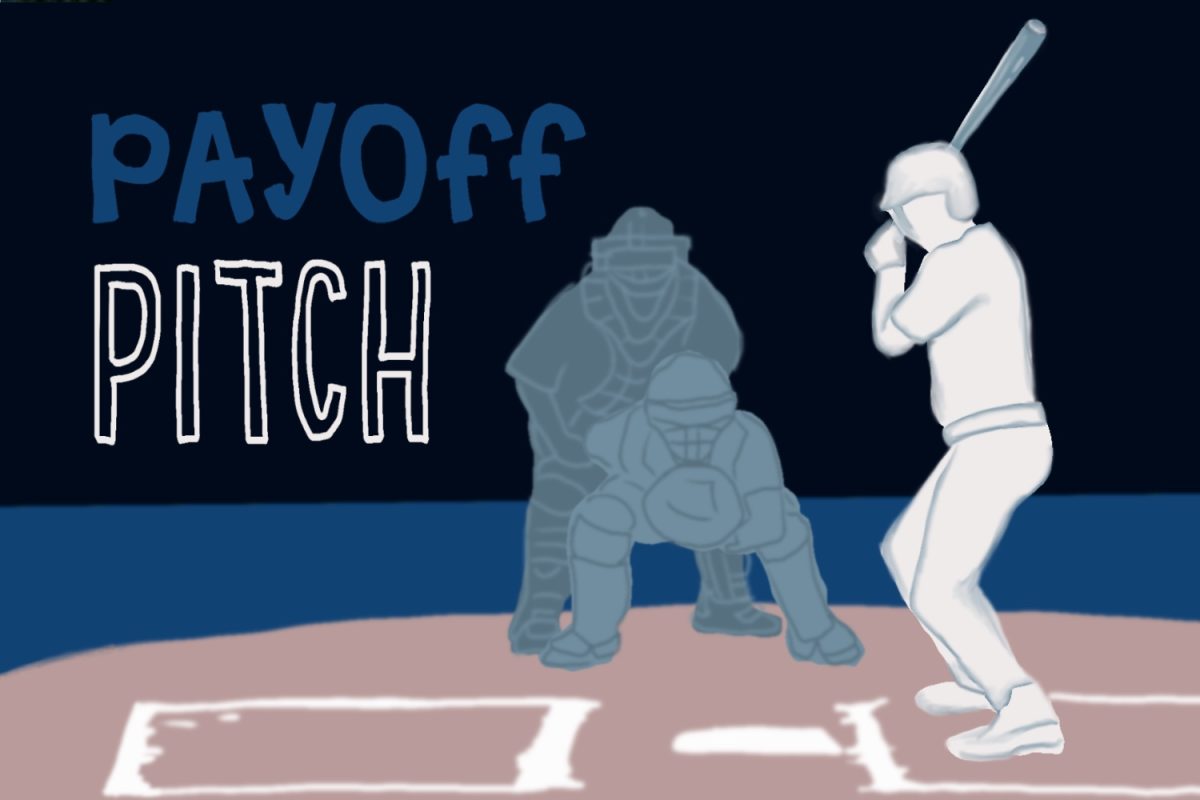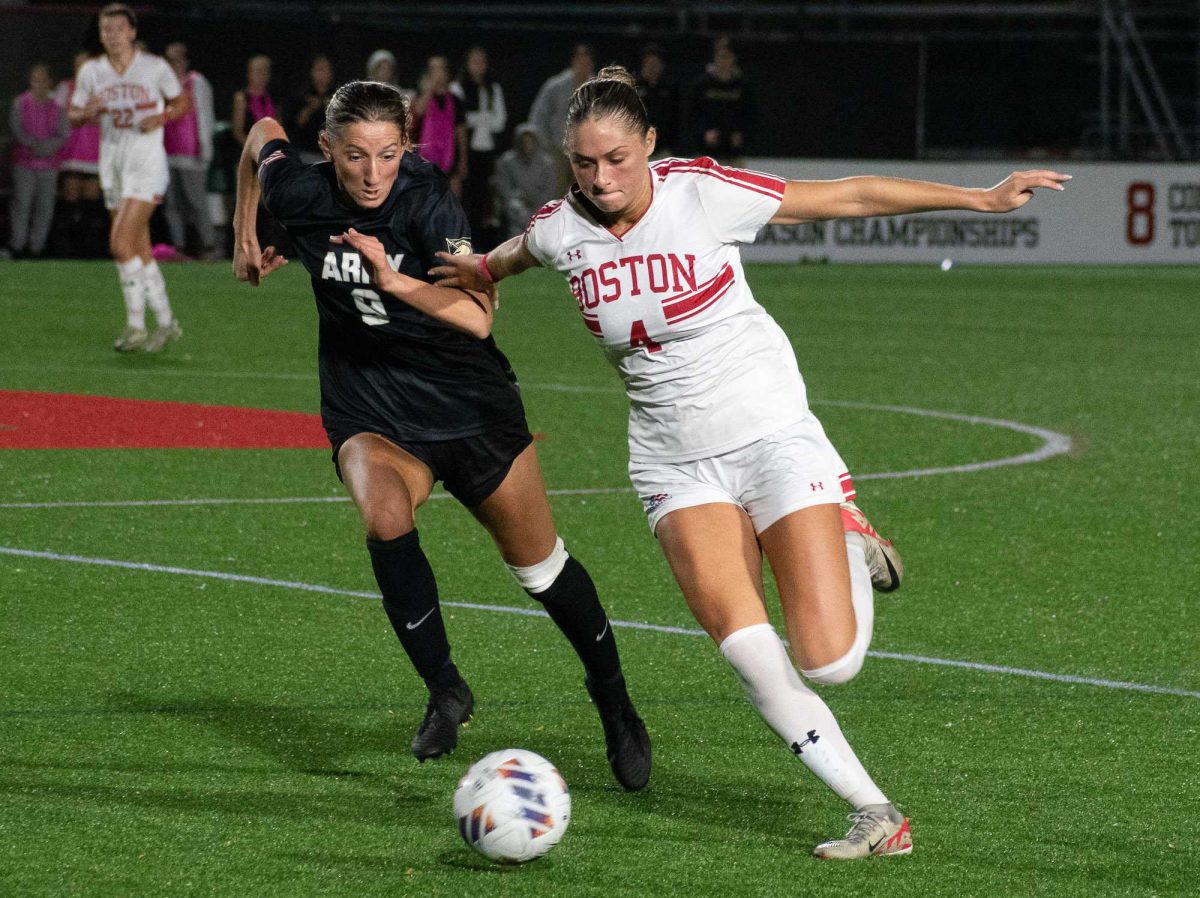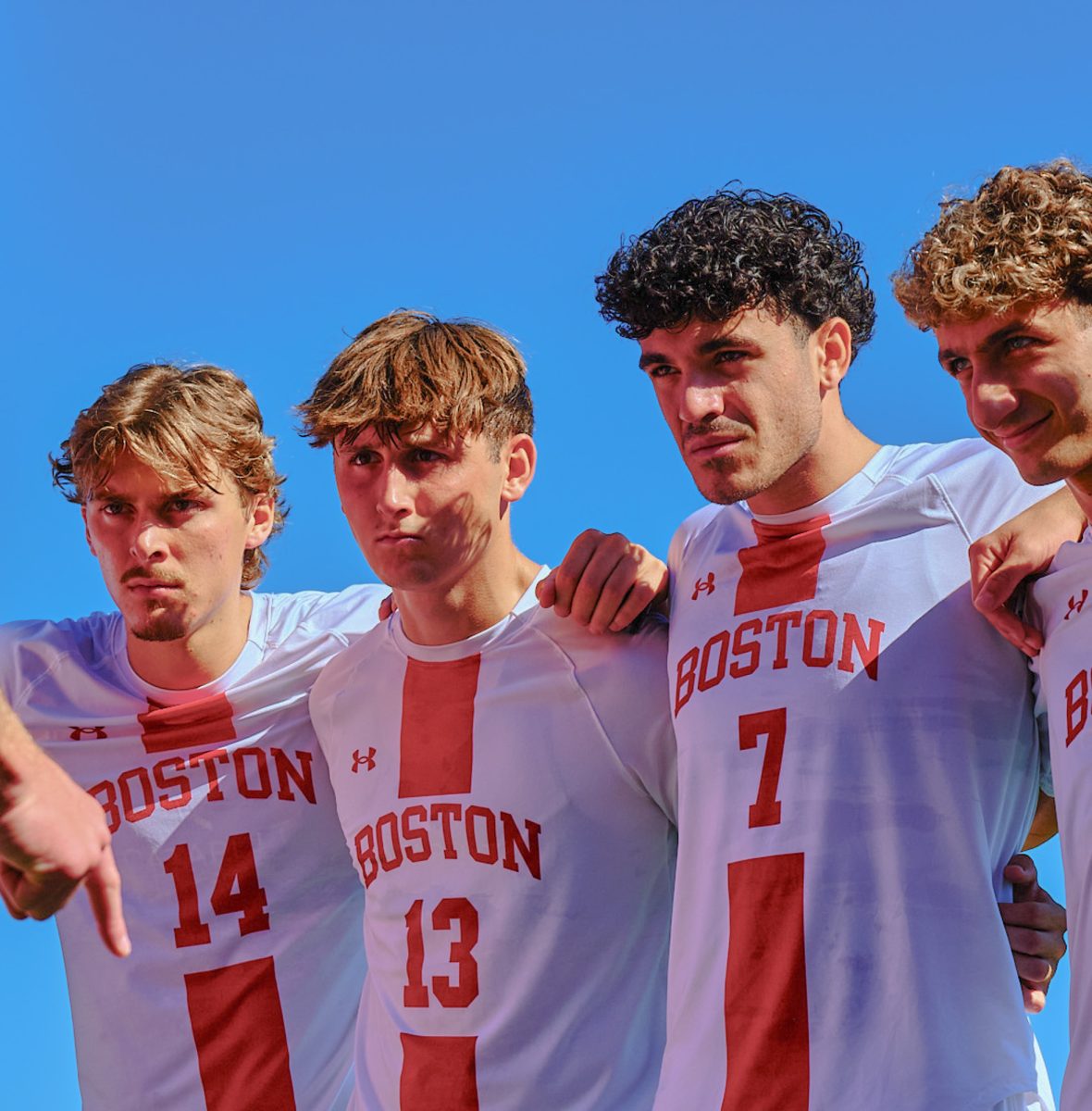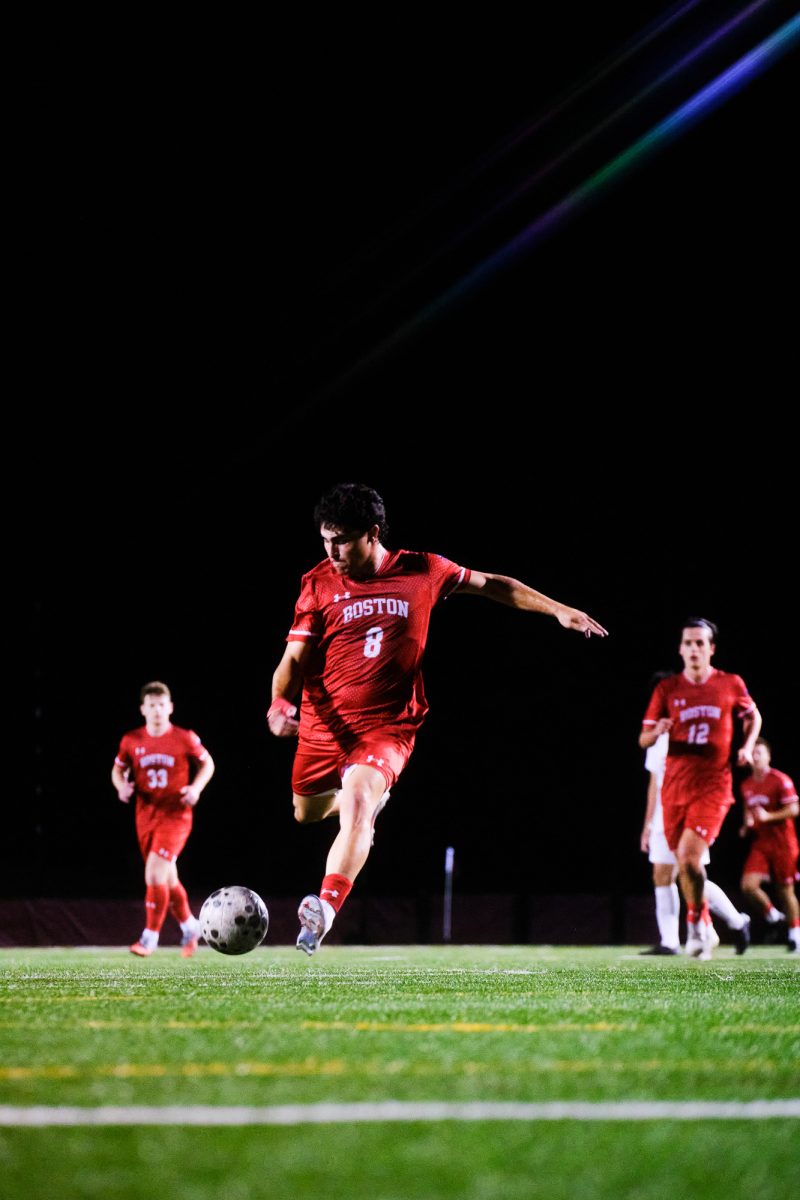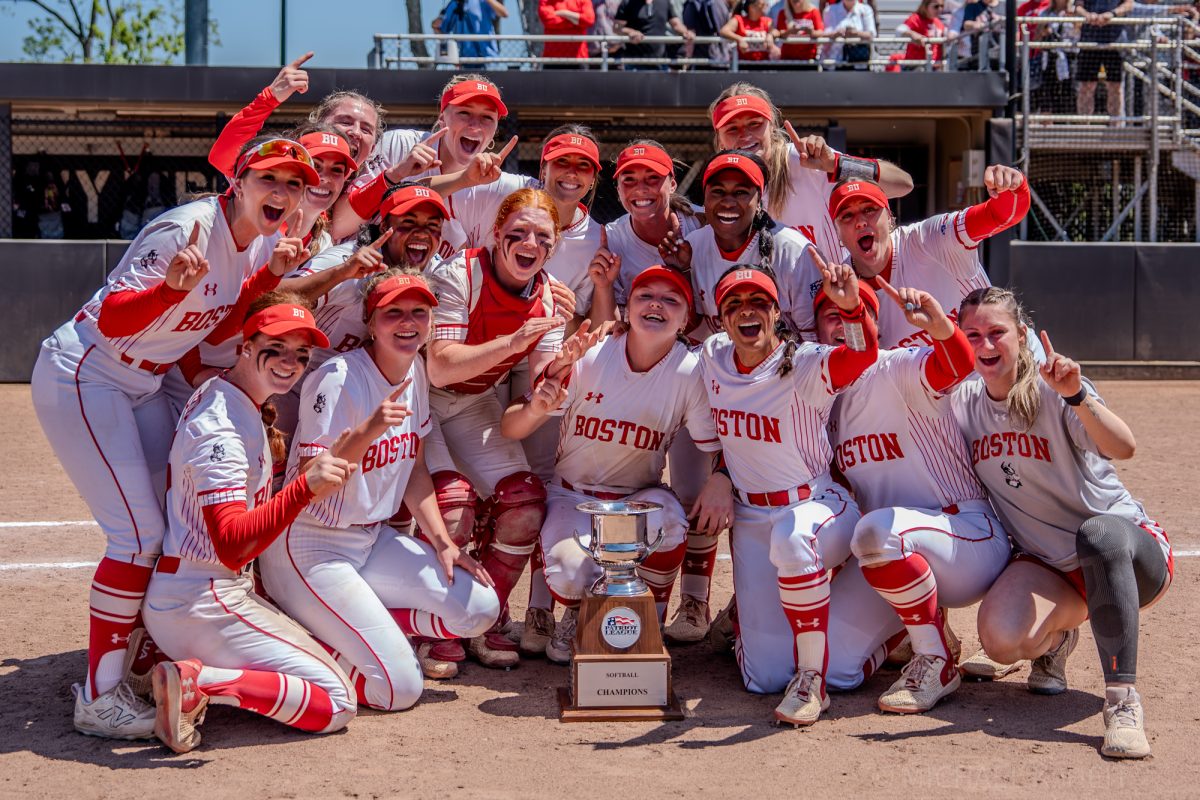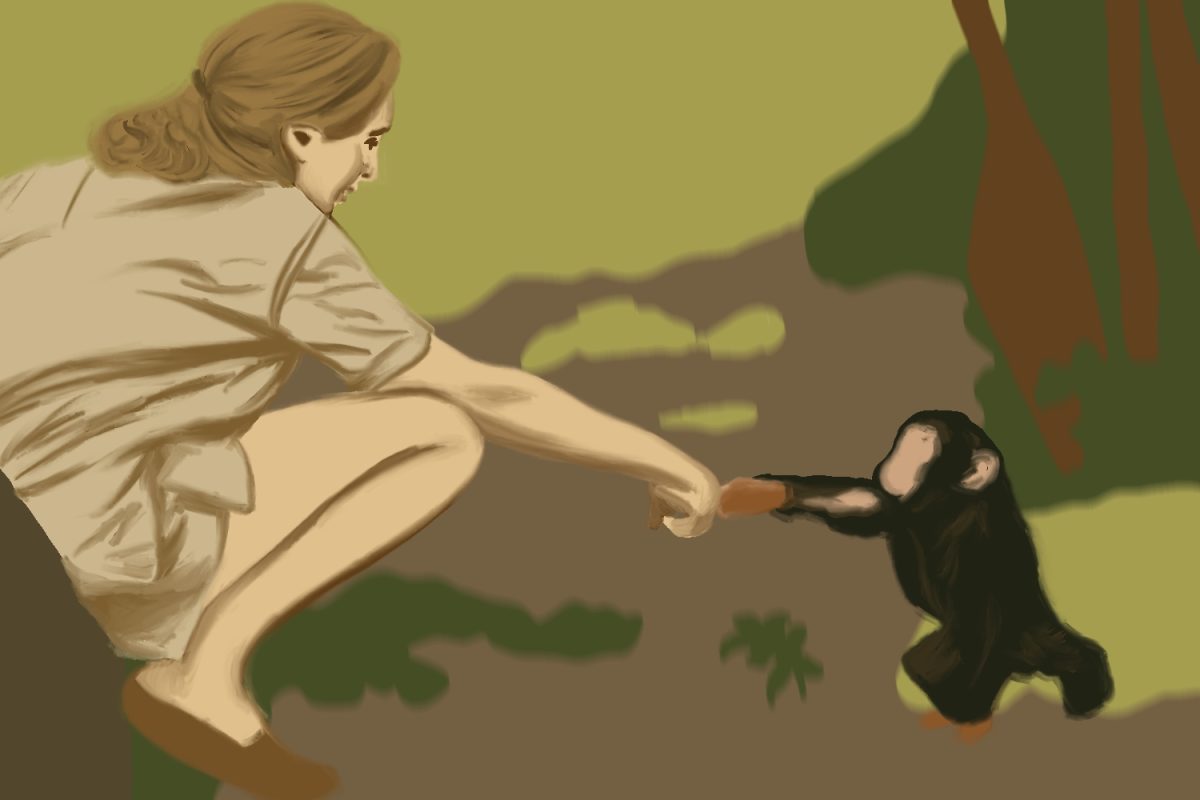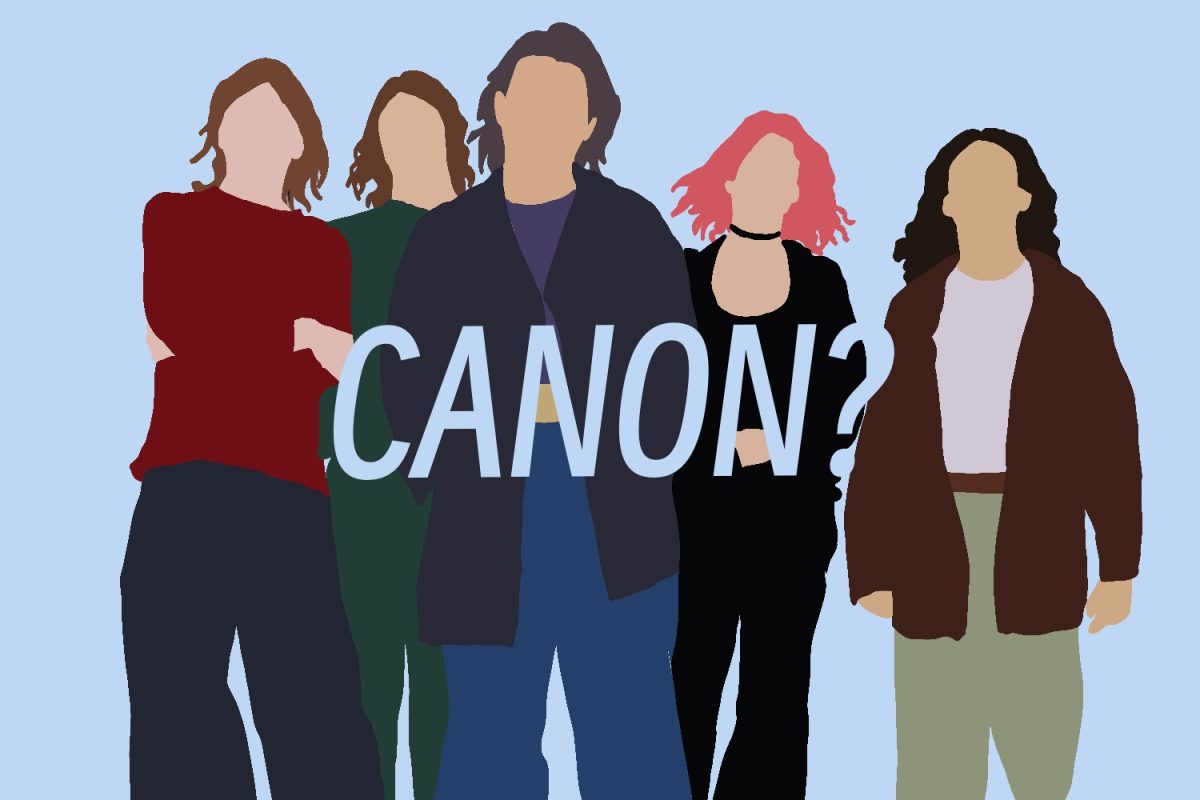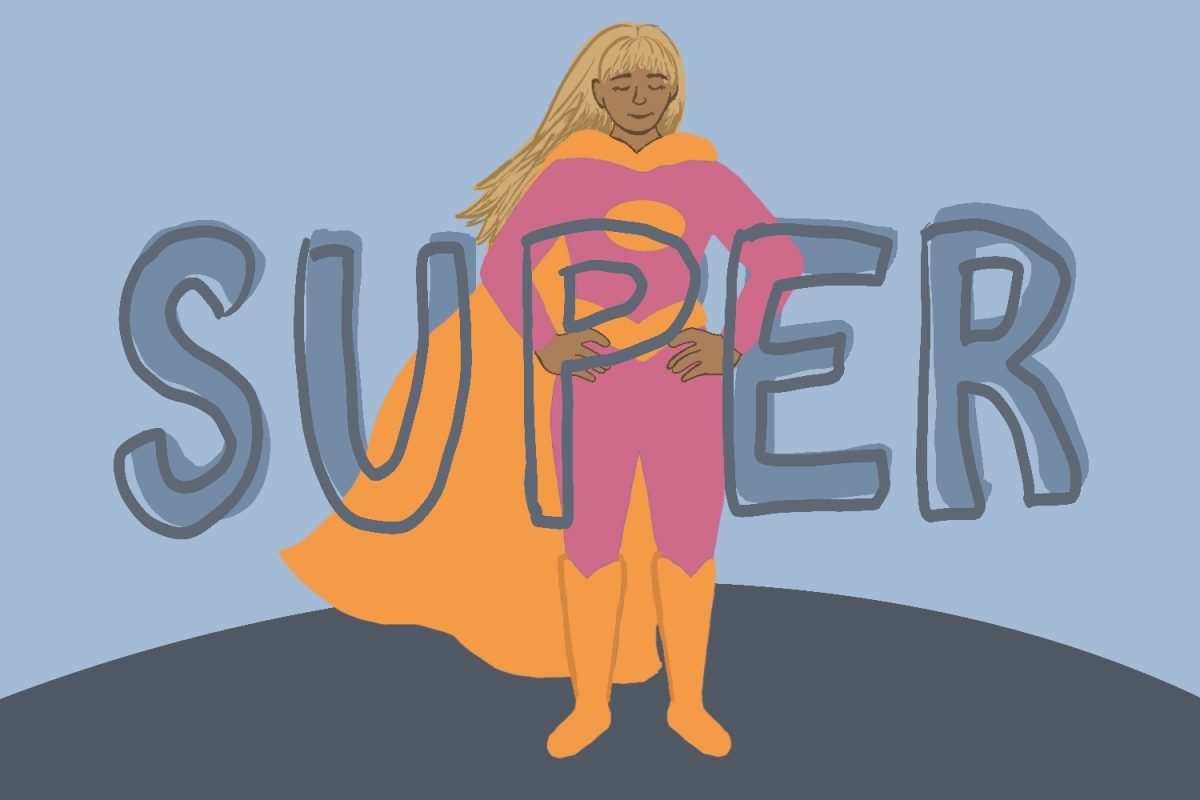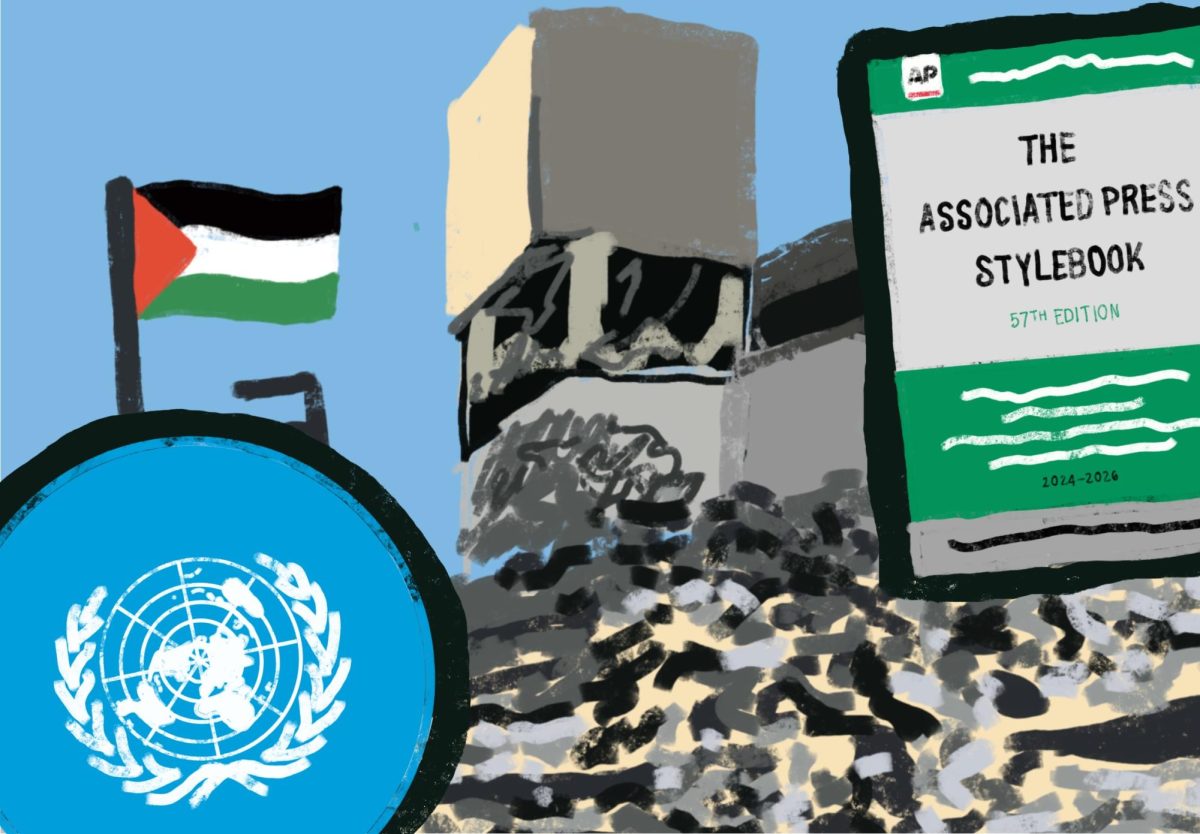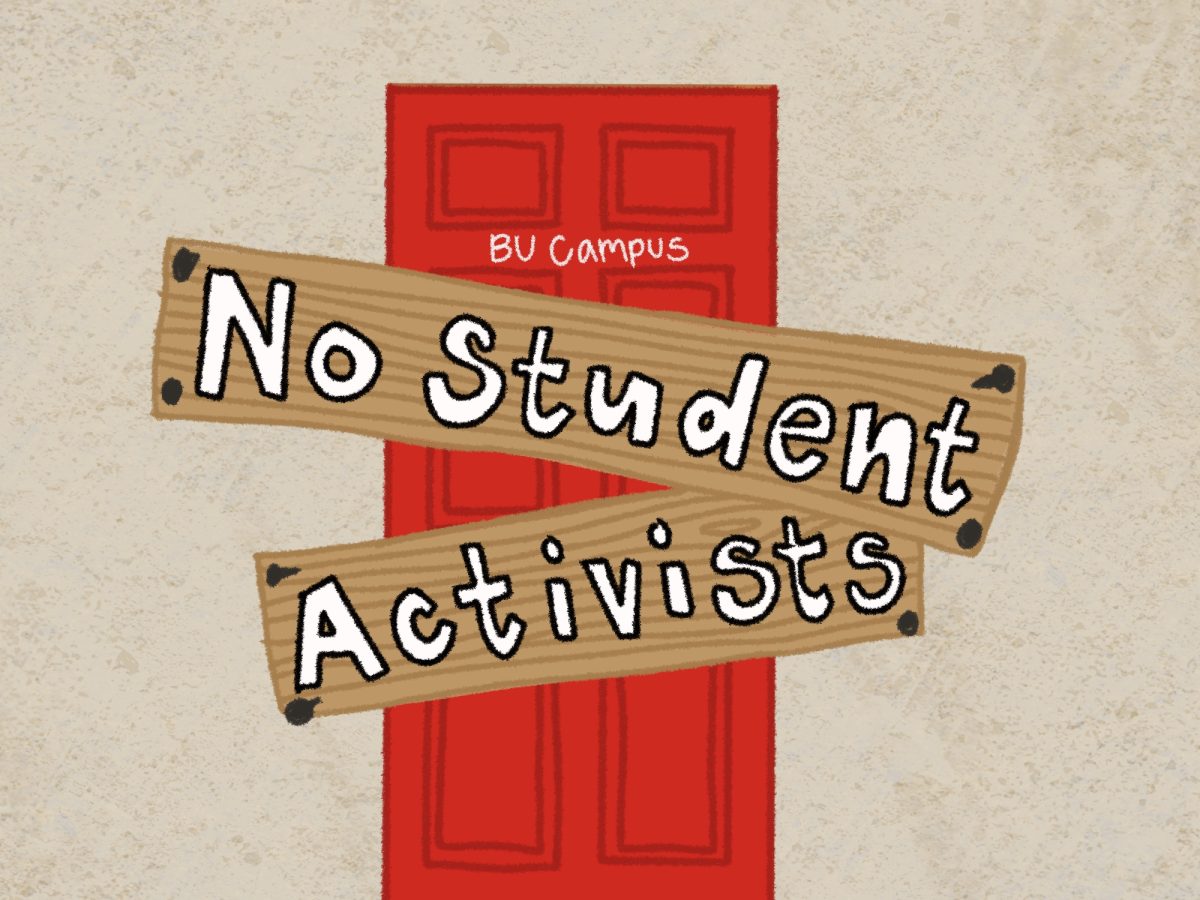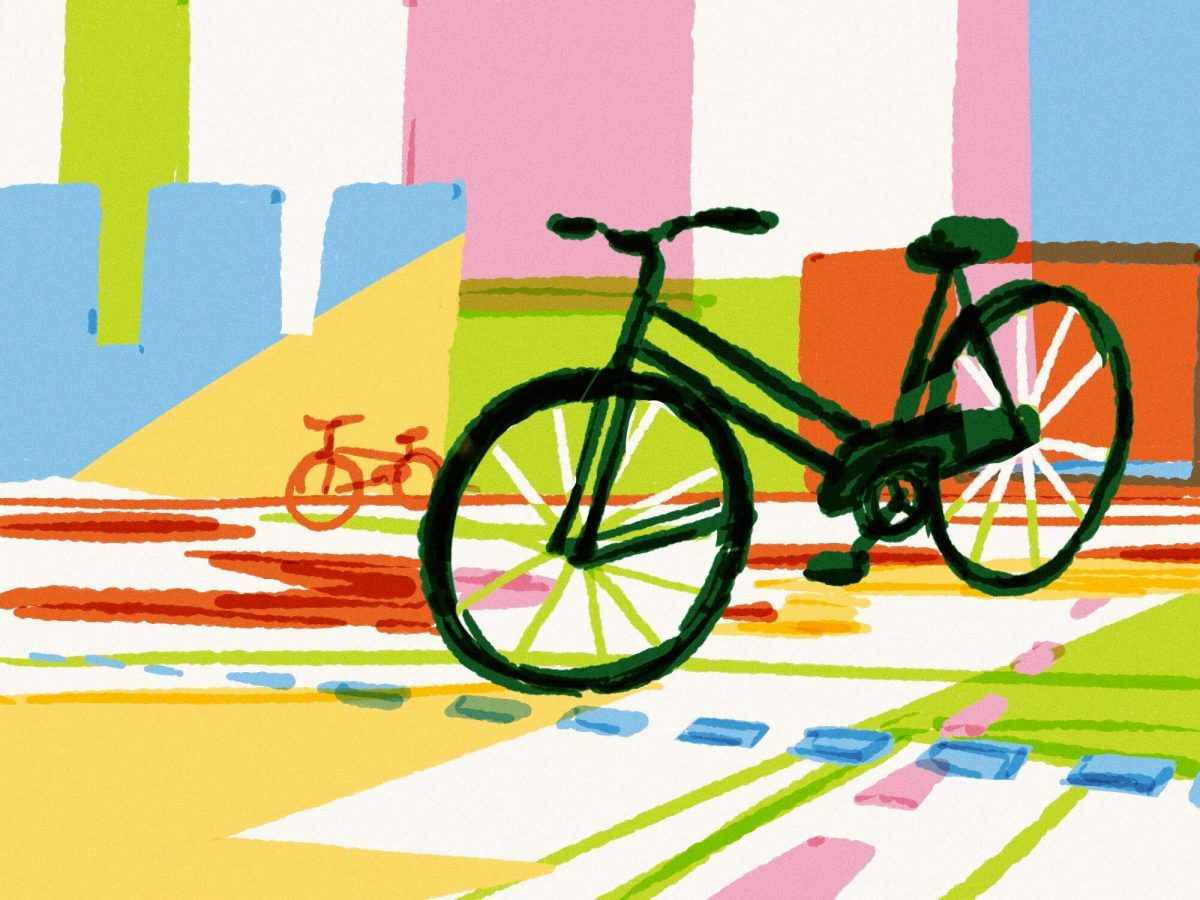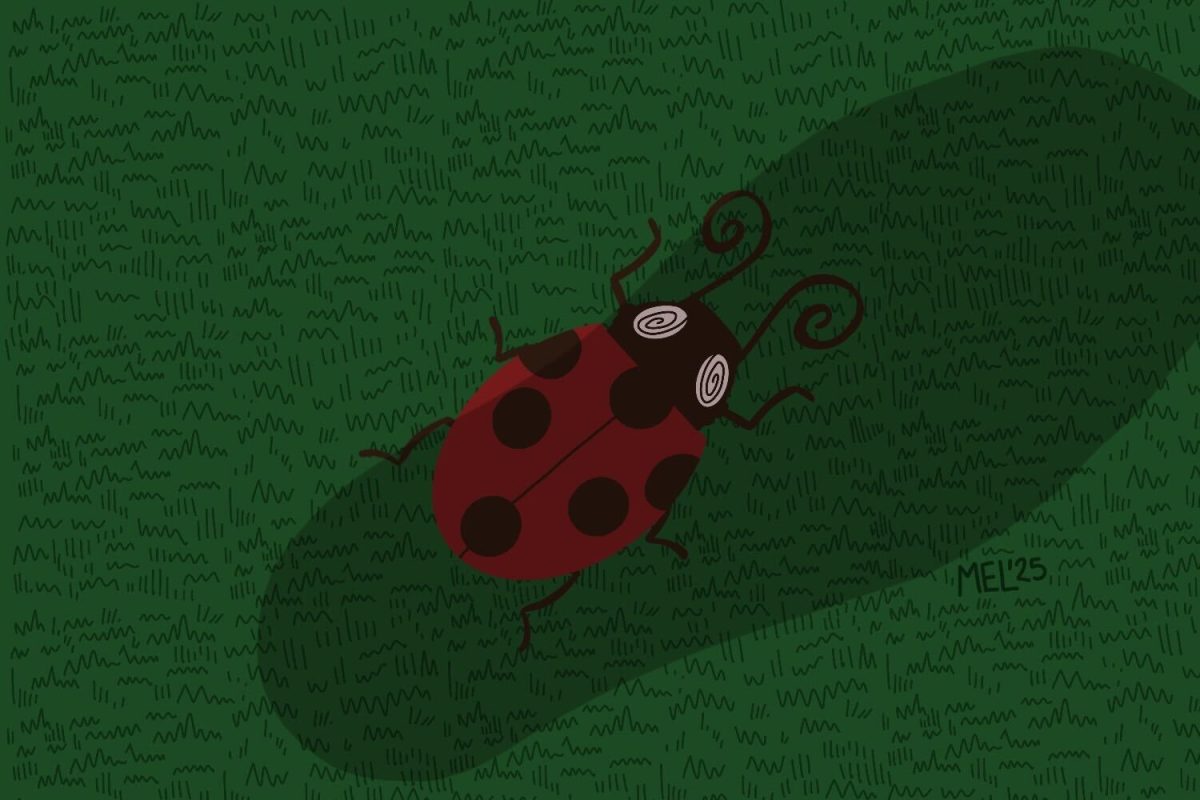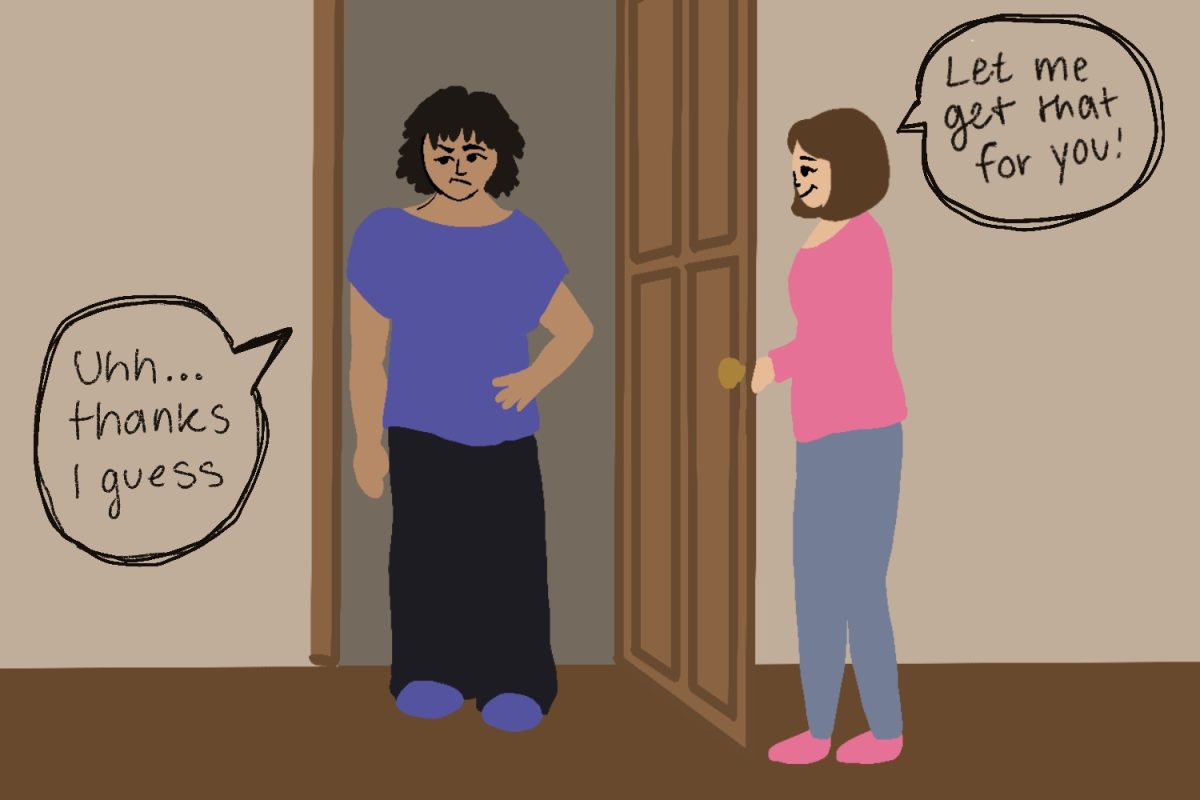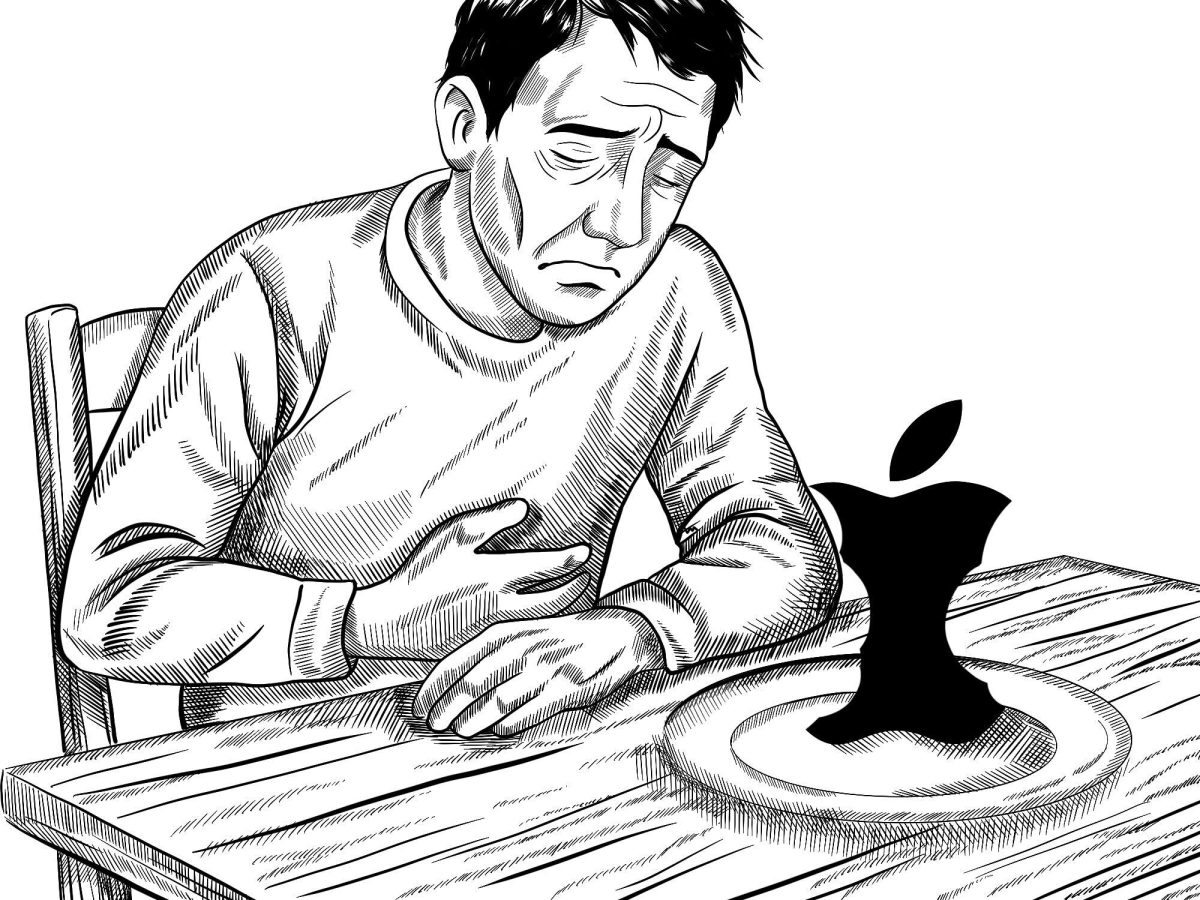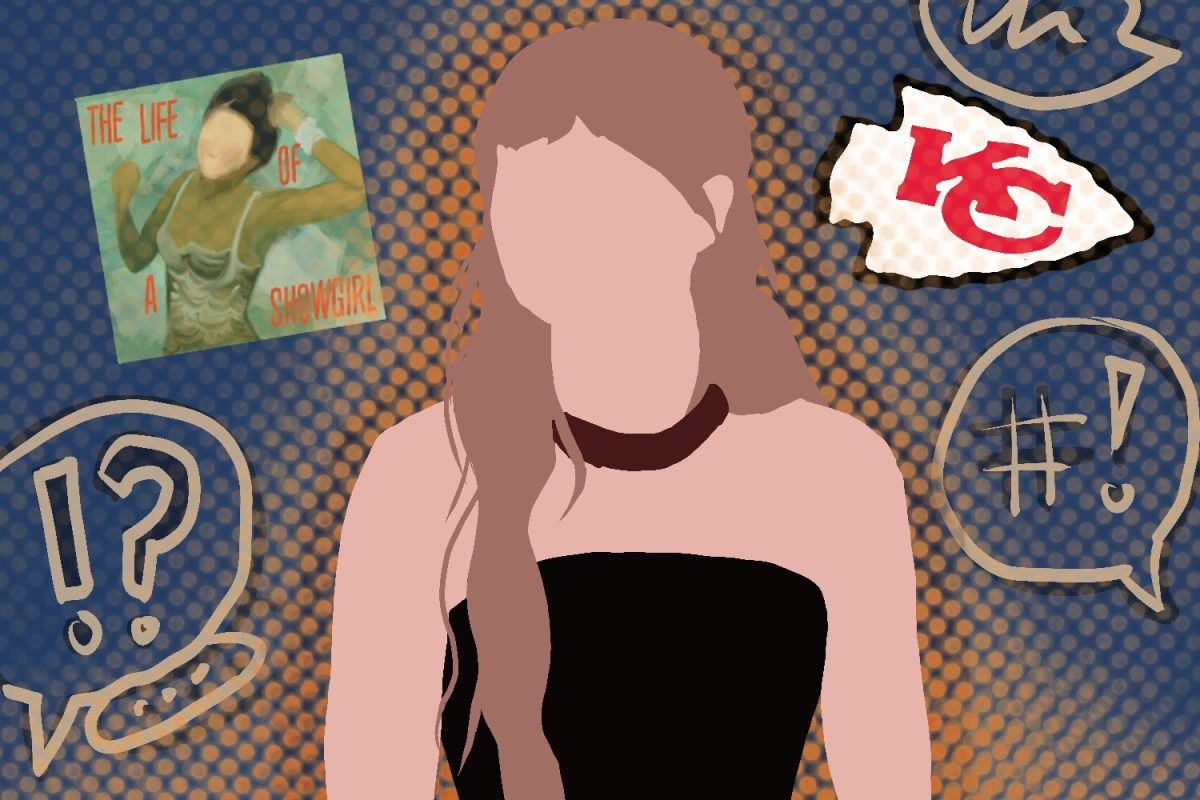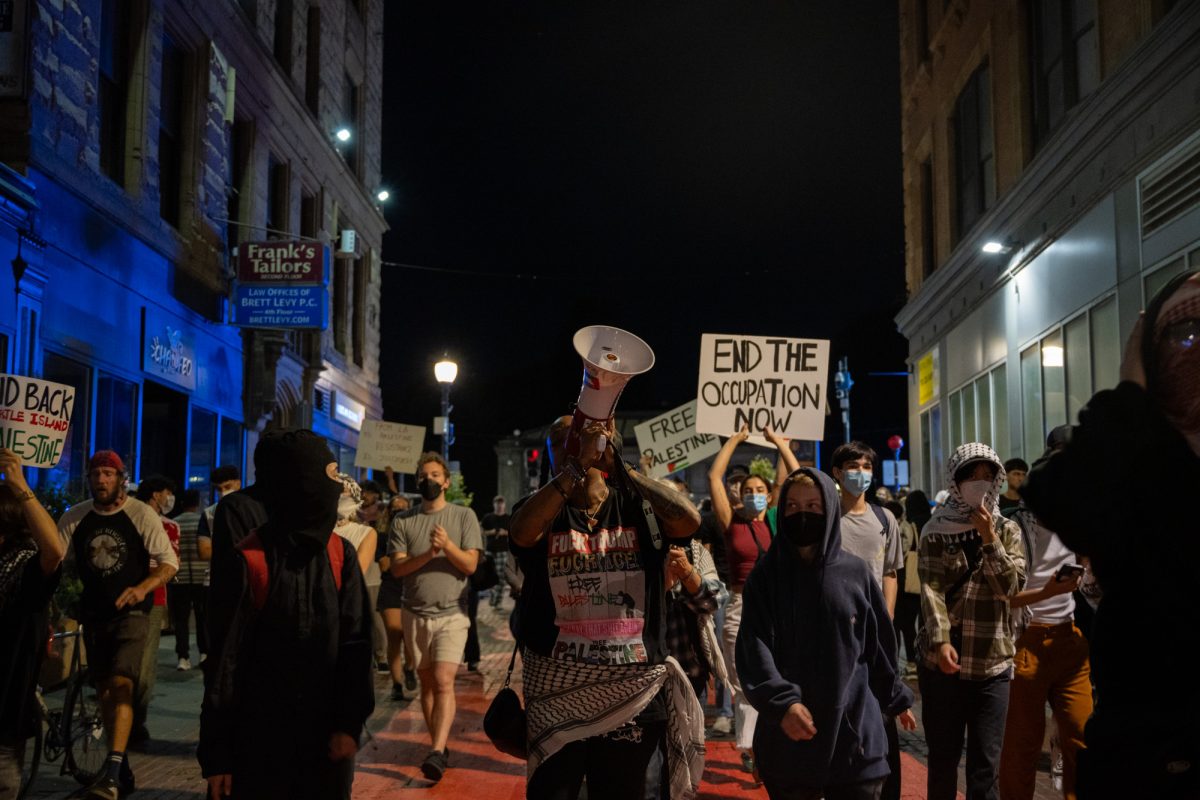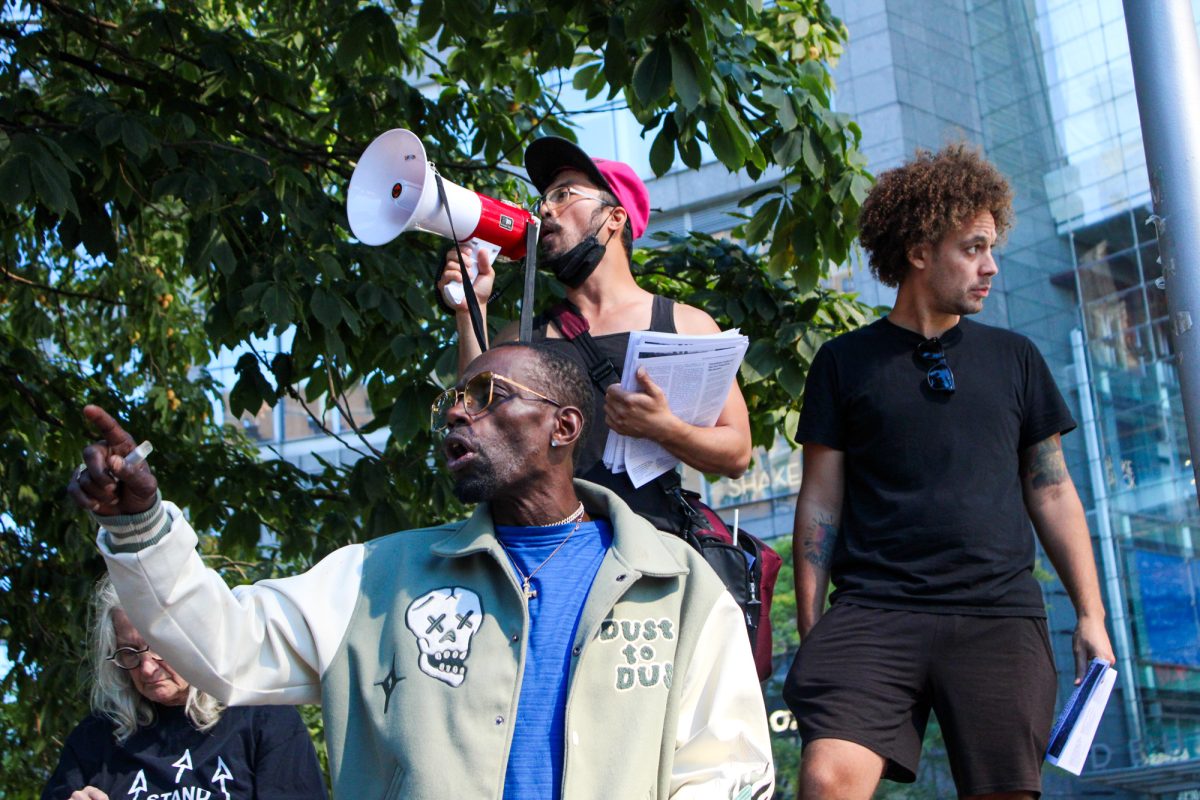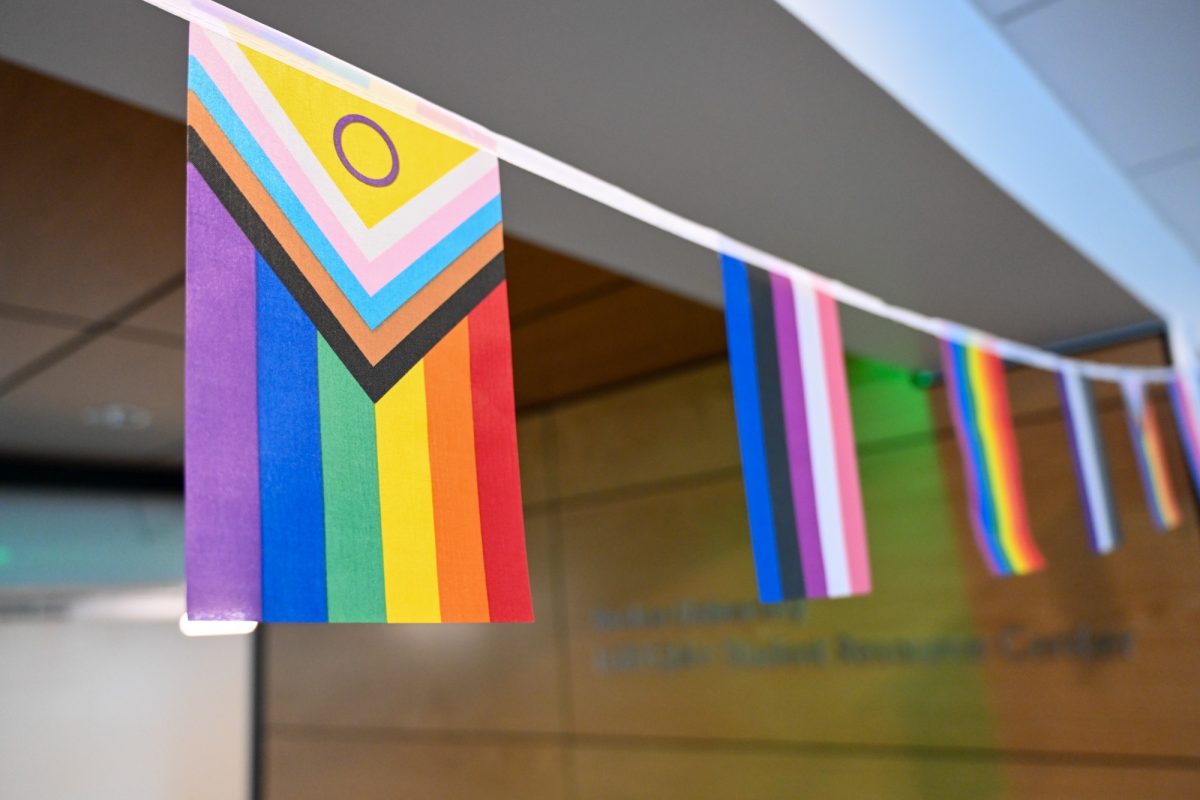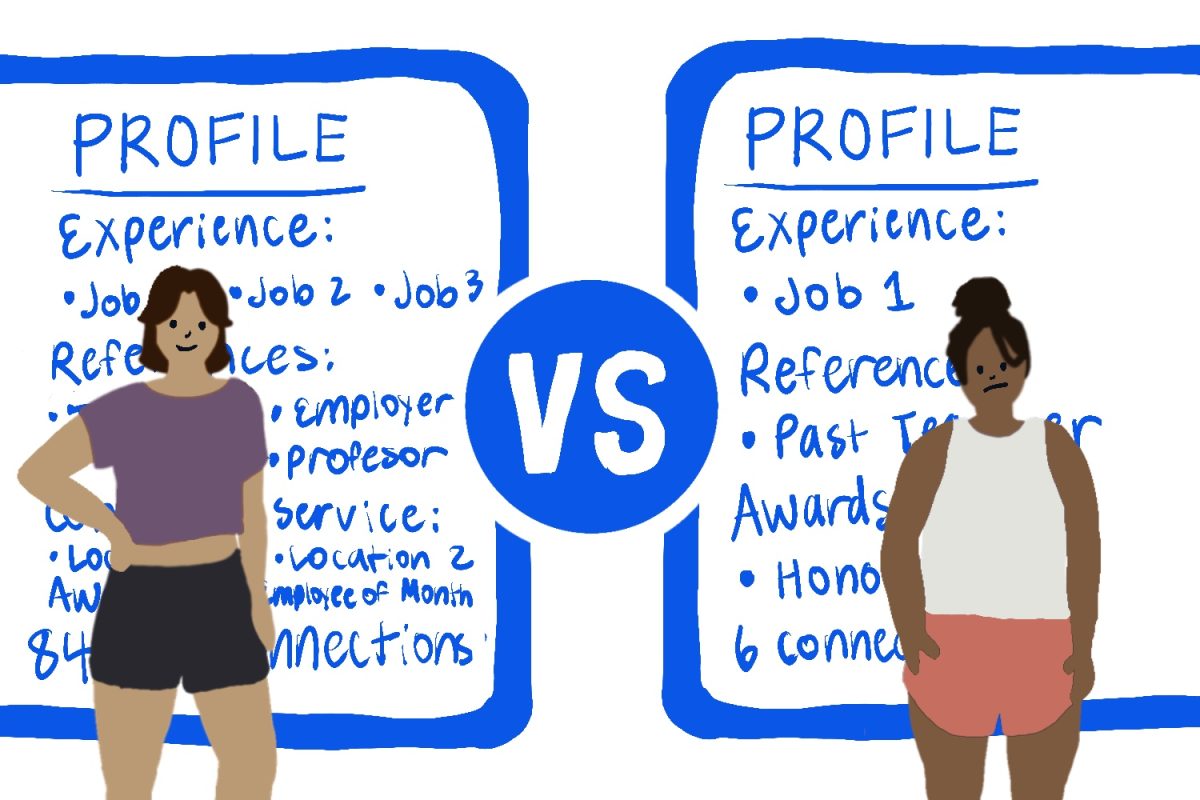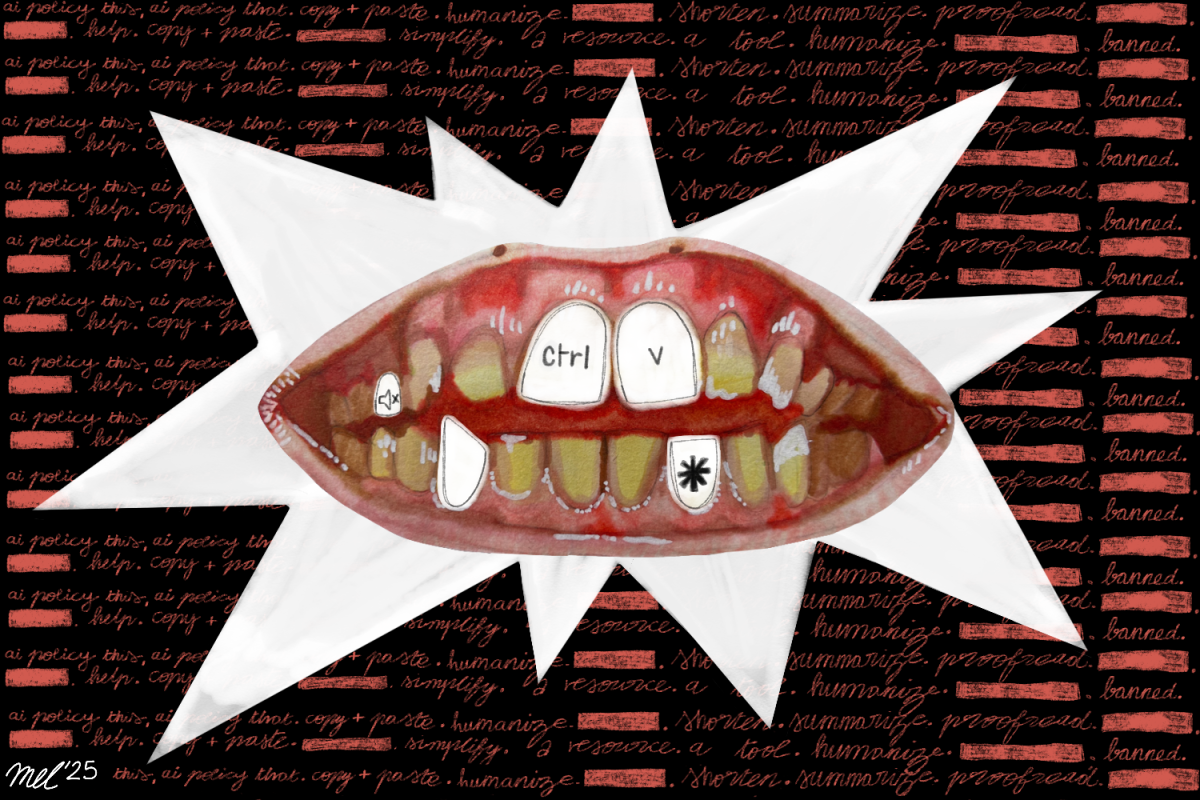There is a bodega on Harvard Avenue between Commonwealth and Brighton Aves. If it has a name, it isn’t the kind that sticks. To me it is just the bodega, a distinctly urban phenomenon &- a small, under-groomed, crowded store with everything you need and a few pocket-sized hookahs that you didn’t.
The Oxford English Dictionary suggests “bodega” once meant wine shop, which I guess is still true, if by wine shop you mean purveyor of 40-ounce bottles of malt liquor. In a New York Times article on gentrification, the reporter and residents pointed to the bodega as a litmus test for the rest of the neighborhood. Gentrification was complete when the local shops stopped selling 40-ounces and started selling goat cheese. In this way, neighborhood bodegas indicate changes in a delicate ecosystem like birds or small fish.
Last summer was too rainy to go anywhere that might be a disappointment, so I didn’t it make into the Harvard Avenue particular store until around September, and this I will never cease to regret. You could walk by a hundred times and never see it. It’s a storefront that seems just to blend into Allston. Its door is only a Keno advertisement and a sign that says “We appreciate your business” &-&- they do, too, but that isn’t even the best part. The best part of this neighborhood staple is that it’s distinctly magical: it exists in three countries all at the same time without jet fuel or being a terrorist cell.
This bodega sells a lot of the same thing Tedeschi’s does but also everything you need to make a traditional South American meal, or a South Indian one. The aisles have as many Goya cans as Haldiram ready-made meals. For those of you not from the subcontinent, consider that Haldirams is as synonymous with Indian processed foods as Kraft is in America. This means I could be in Suman’s grocer in Delhi, India or Southern California.
I had the opportunity to live in Delhi for a semester abroad. Traveling the aisles is like traveling back in time and space. I walk past the produce limes and cilantro just like the venders under the overpass. There are big boxes of chilies and then surprisingly, a box of hideously abused plantains which are not common on Indian streets and which don’t belong under the overpass in Delhi, but which make perfect sense in an immigrant-heavy neighborhood in Boston. The freezers have microwave dosas &-&- a big South Indian, crepe-like pancake &- and frozen enchiladas.
The judiciousness and the cohabitation of these two cultures reads like a UNICEF pamphlet. Indeed, there are several ingredients common in these cuisines: limes, cilantro, chickpeas and flatbreads.
The wonder of the store is that it is disorienting if you don’t accept it for what it is: a neighborhood corner store, with a few things you need for dinner.

